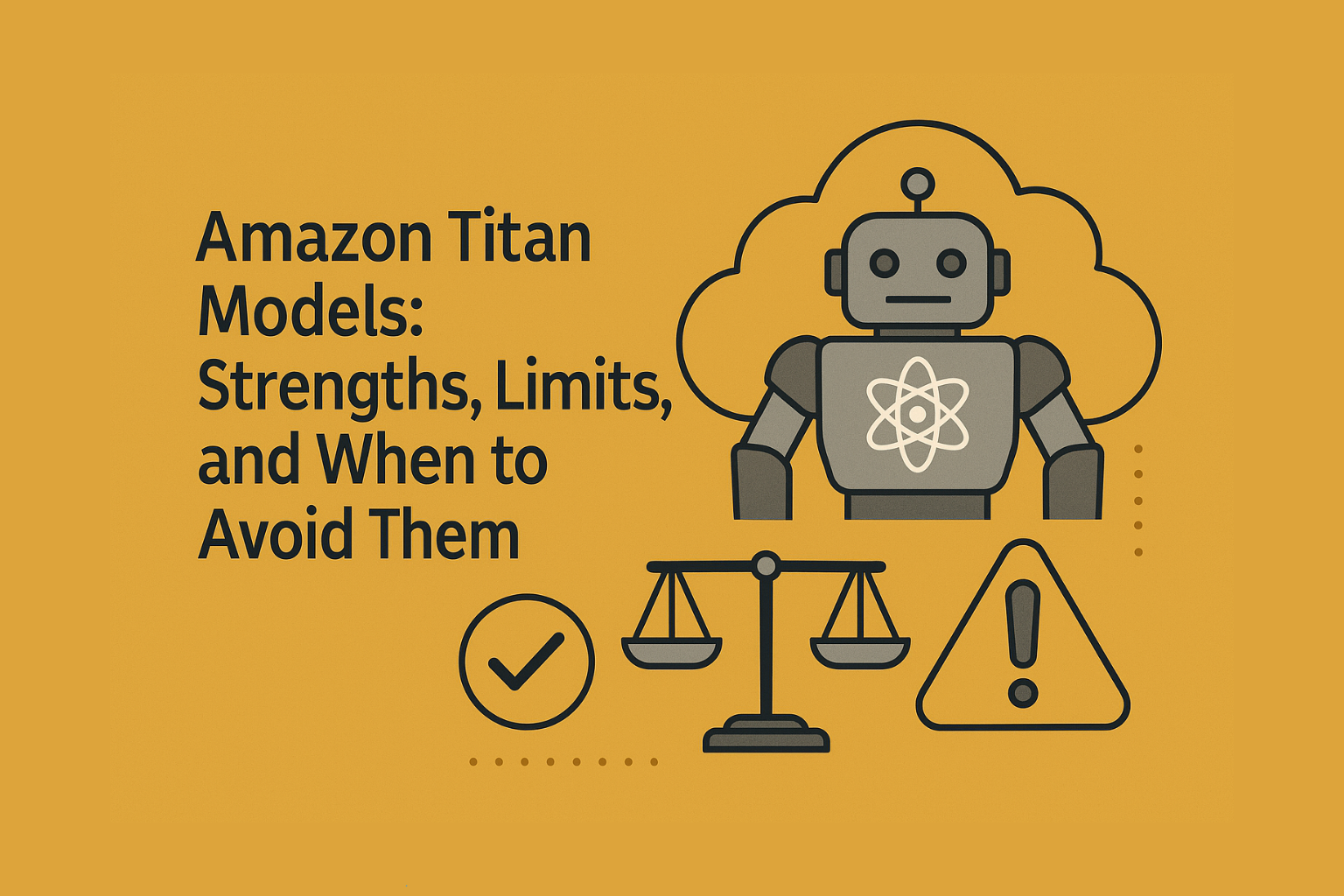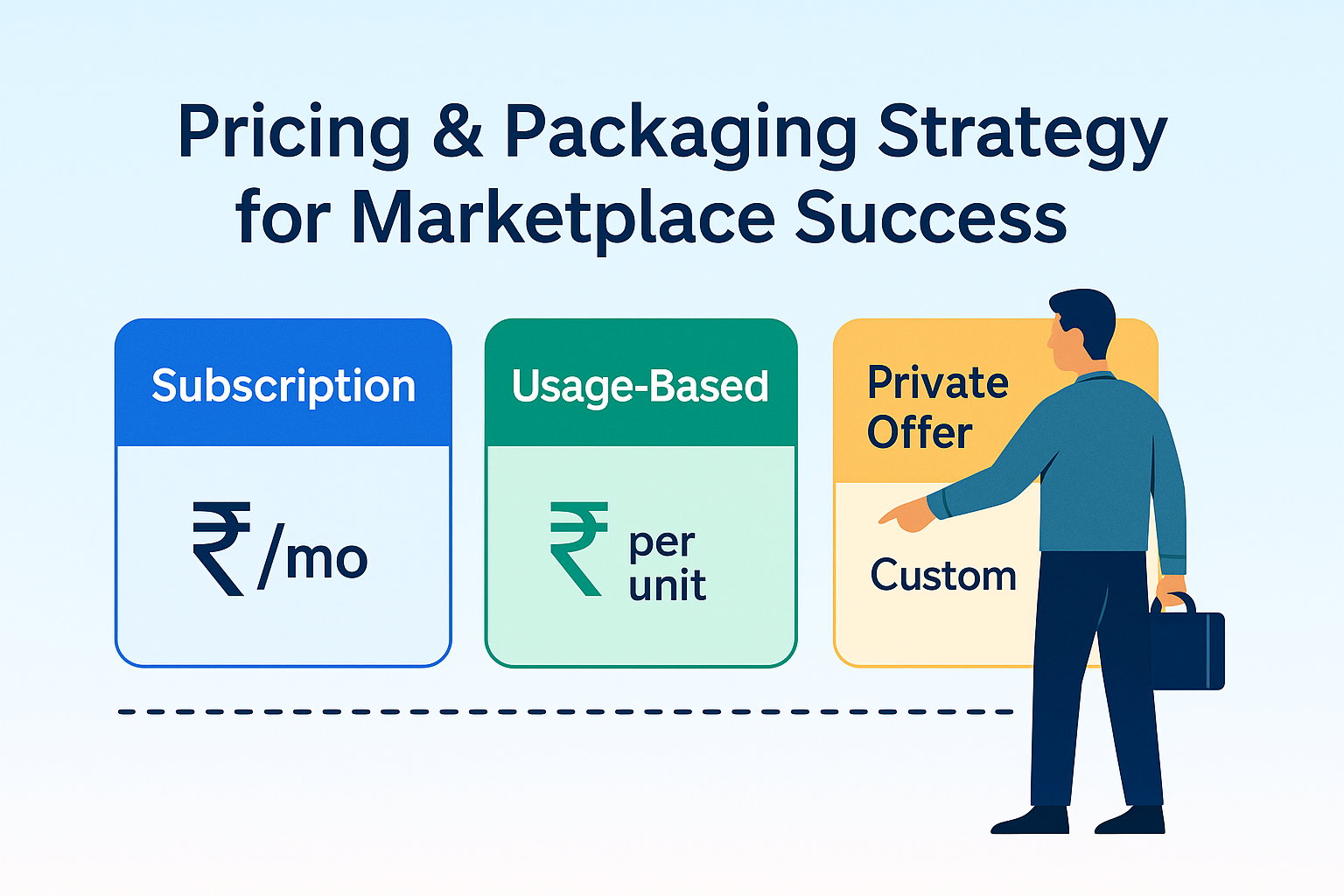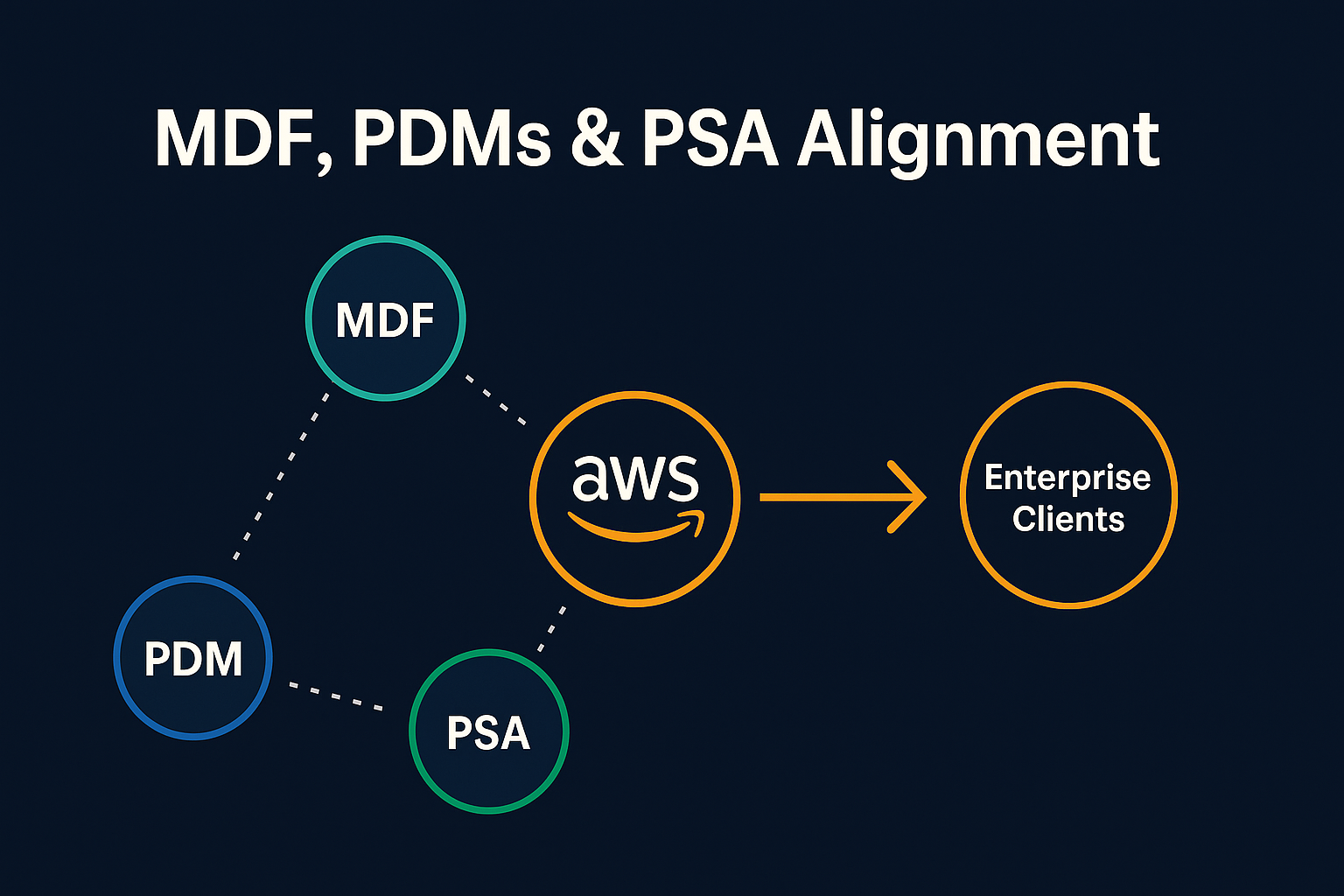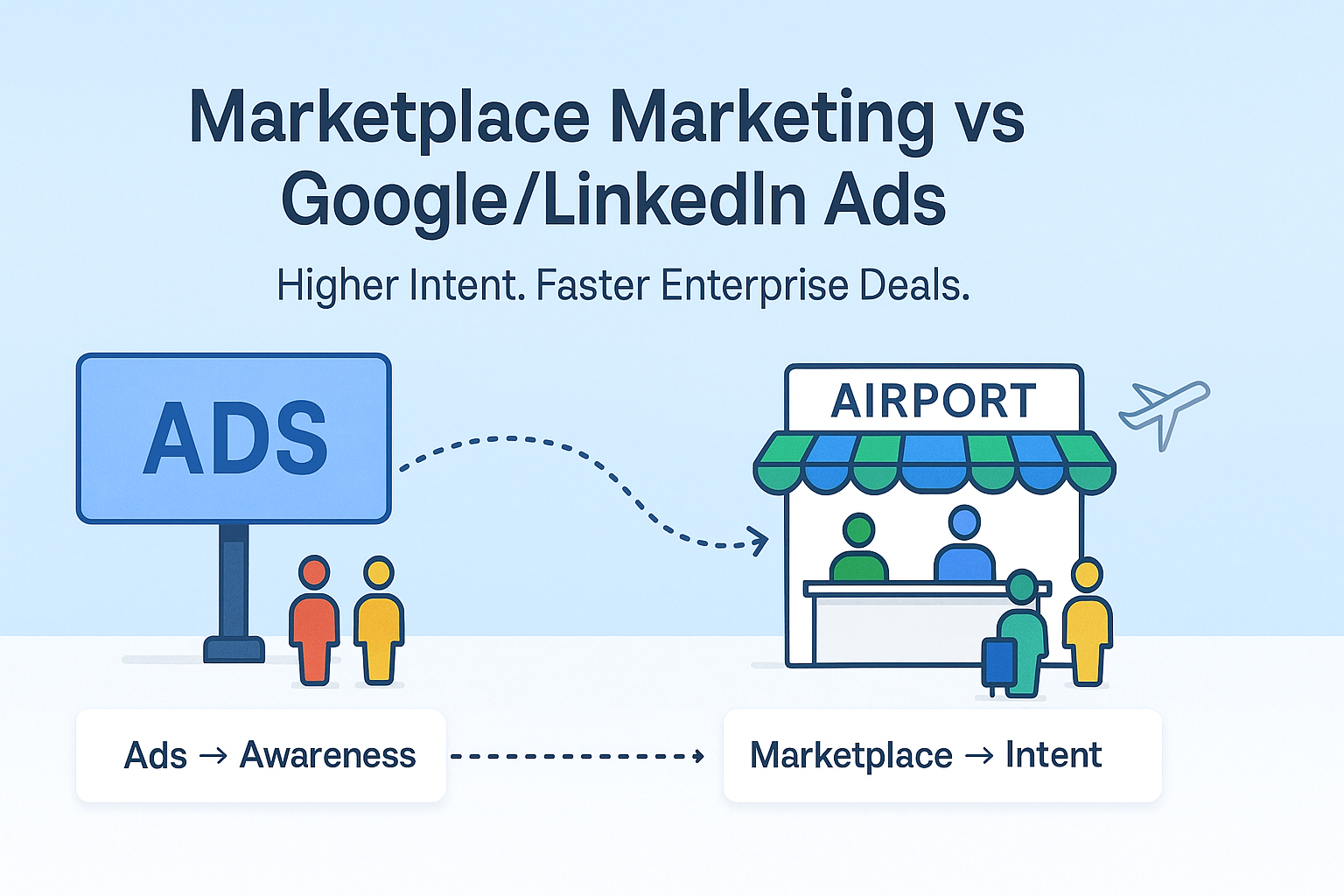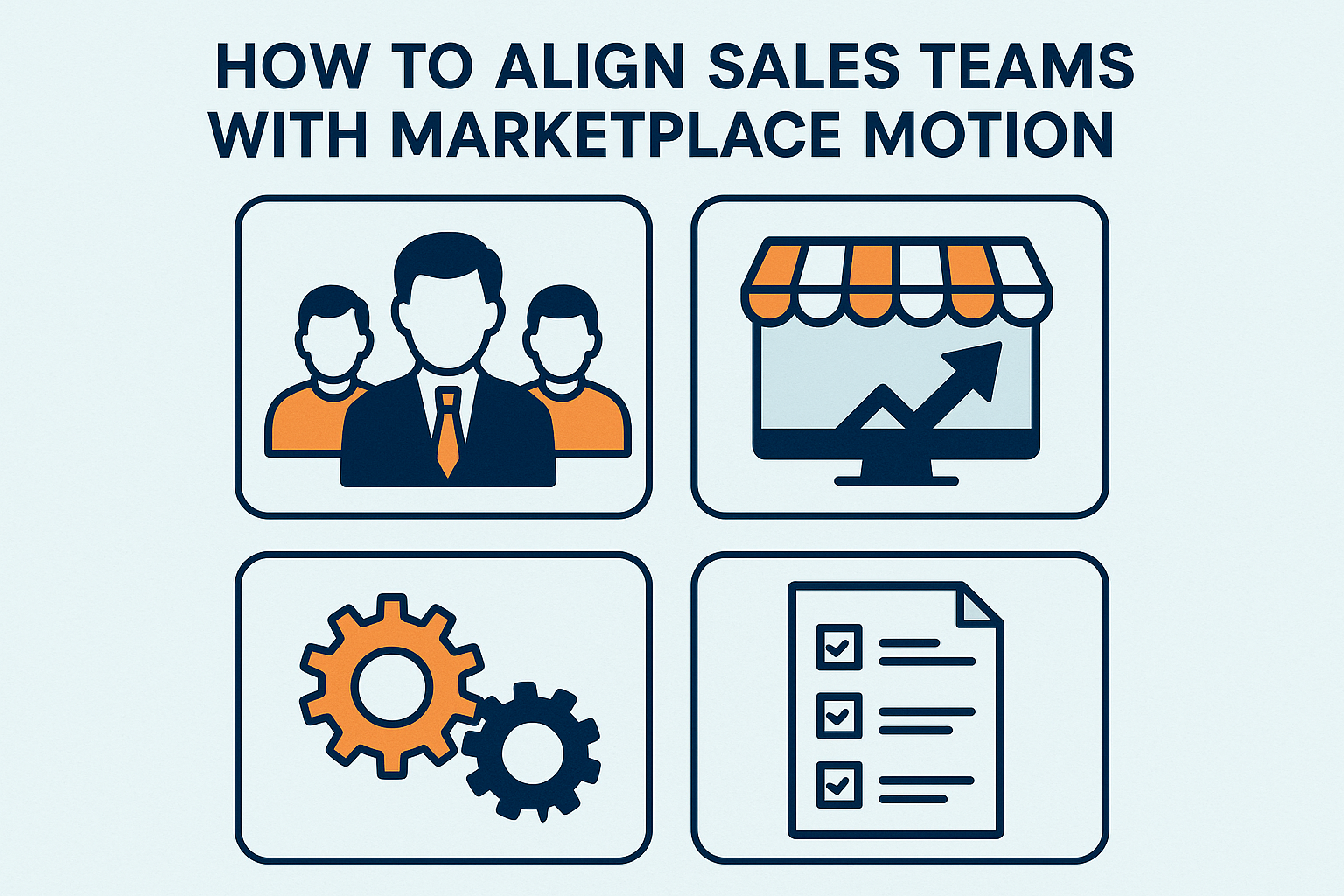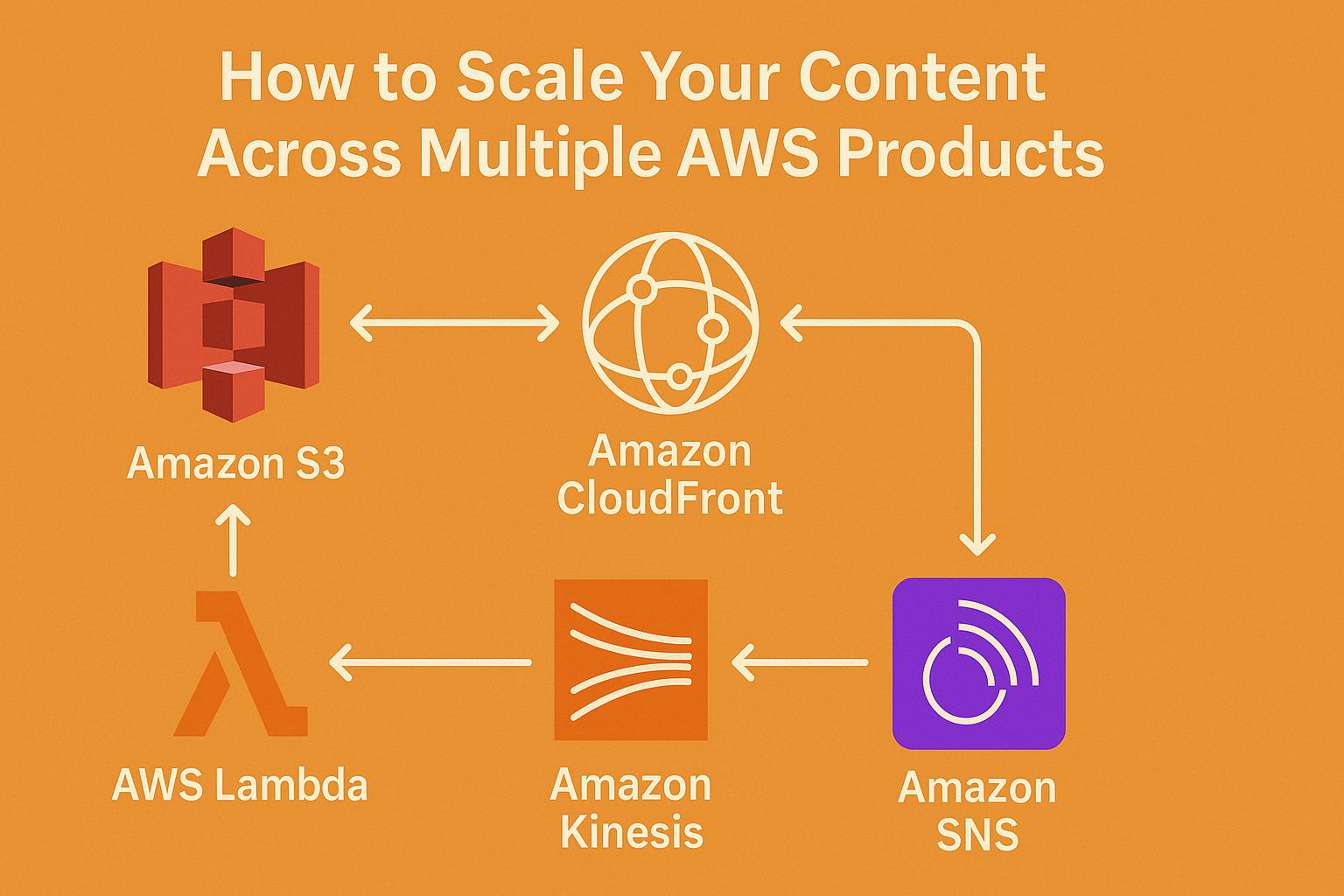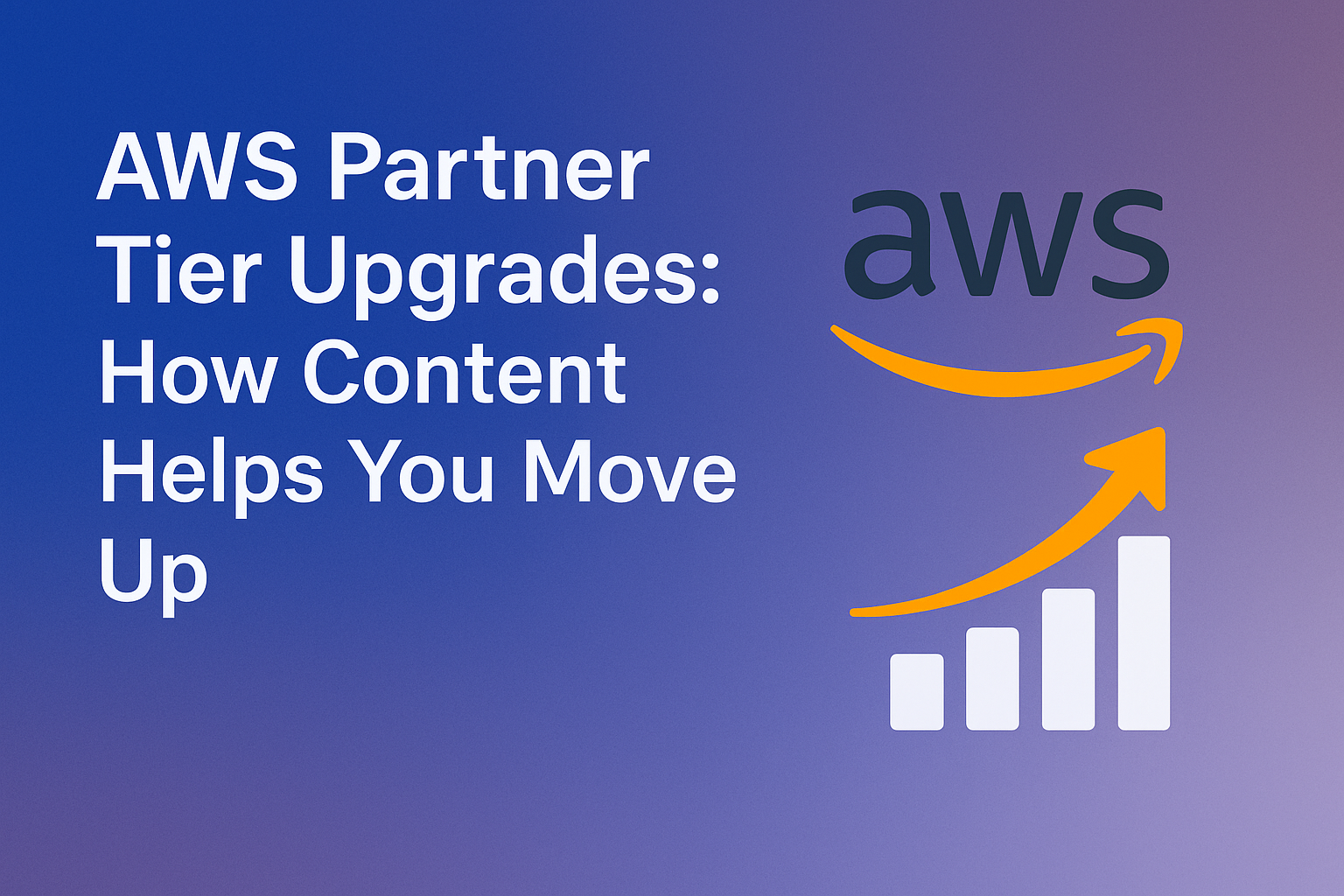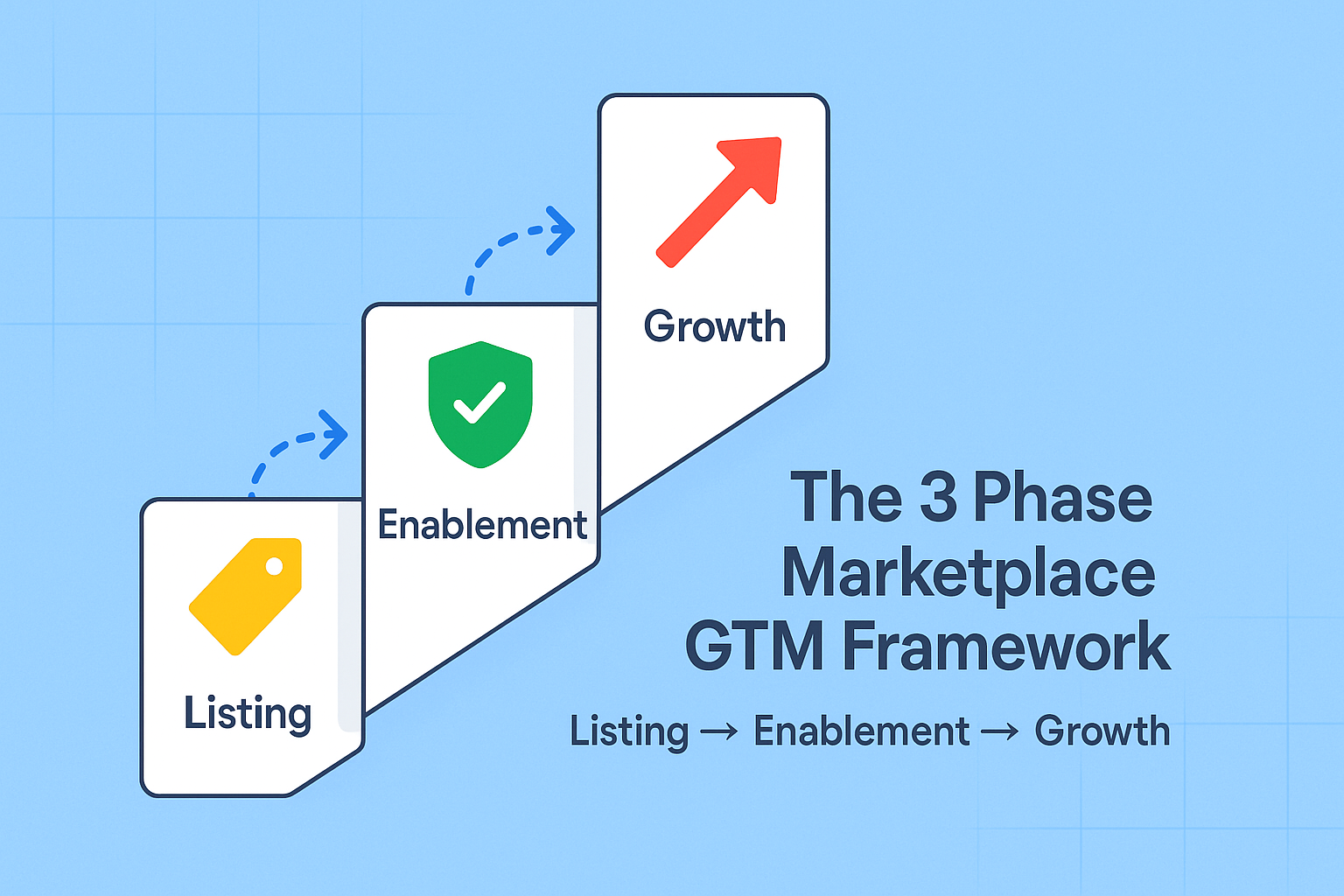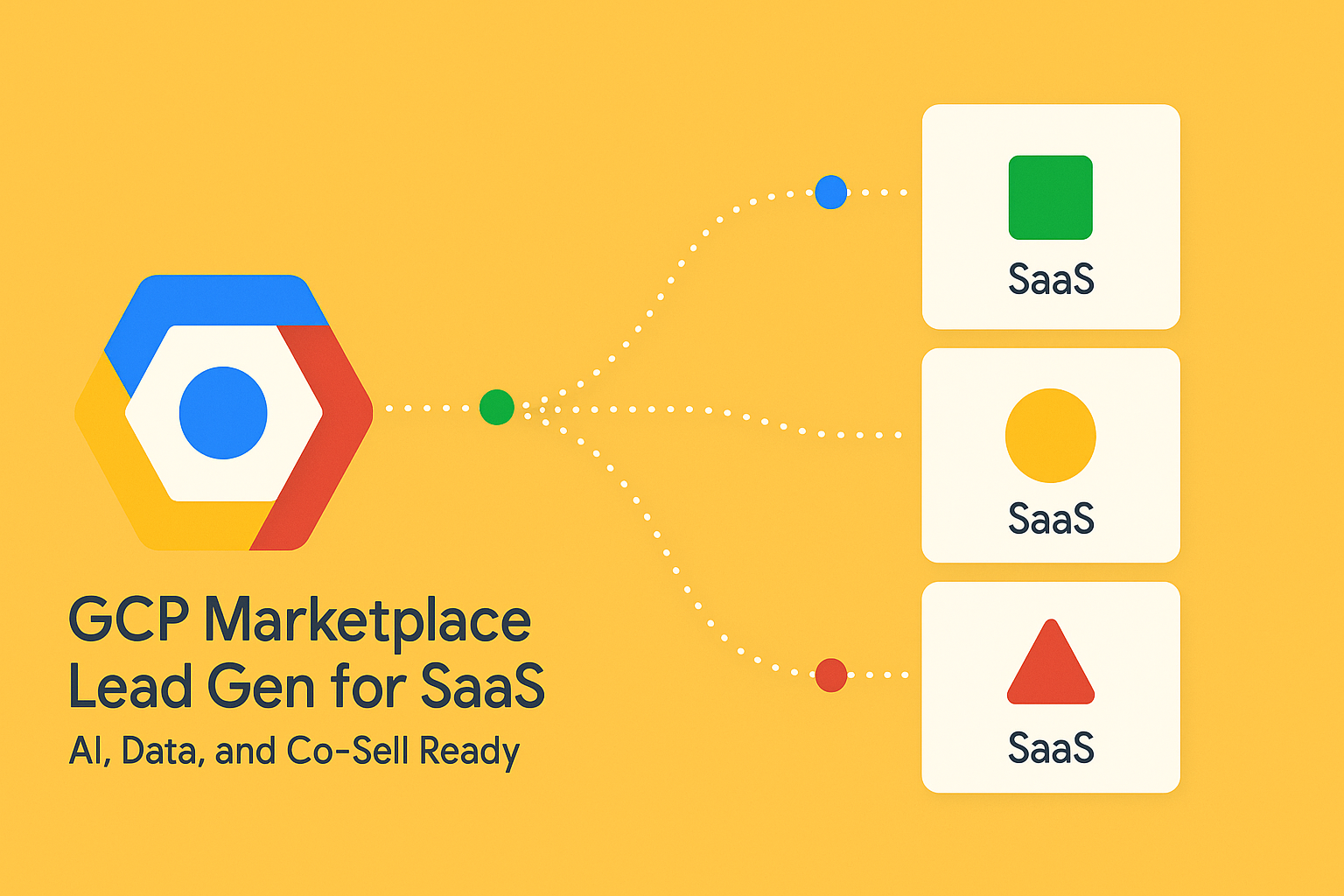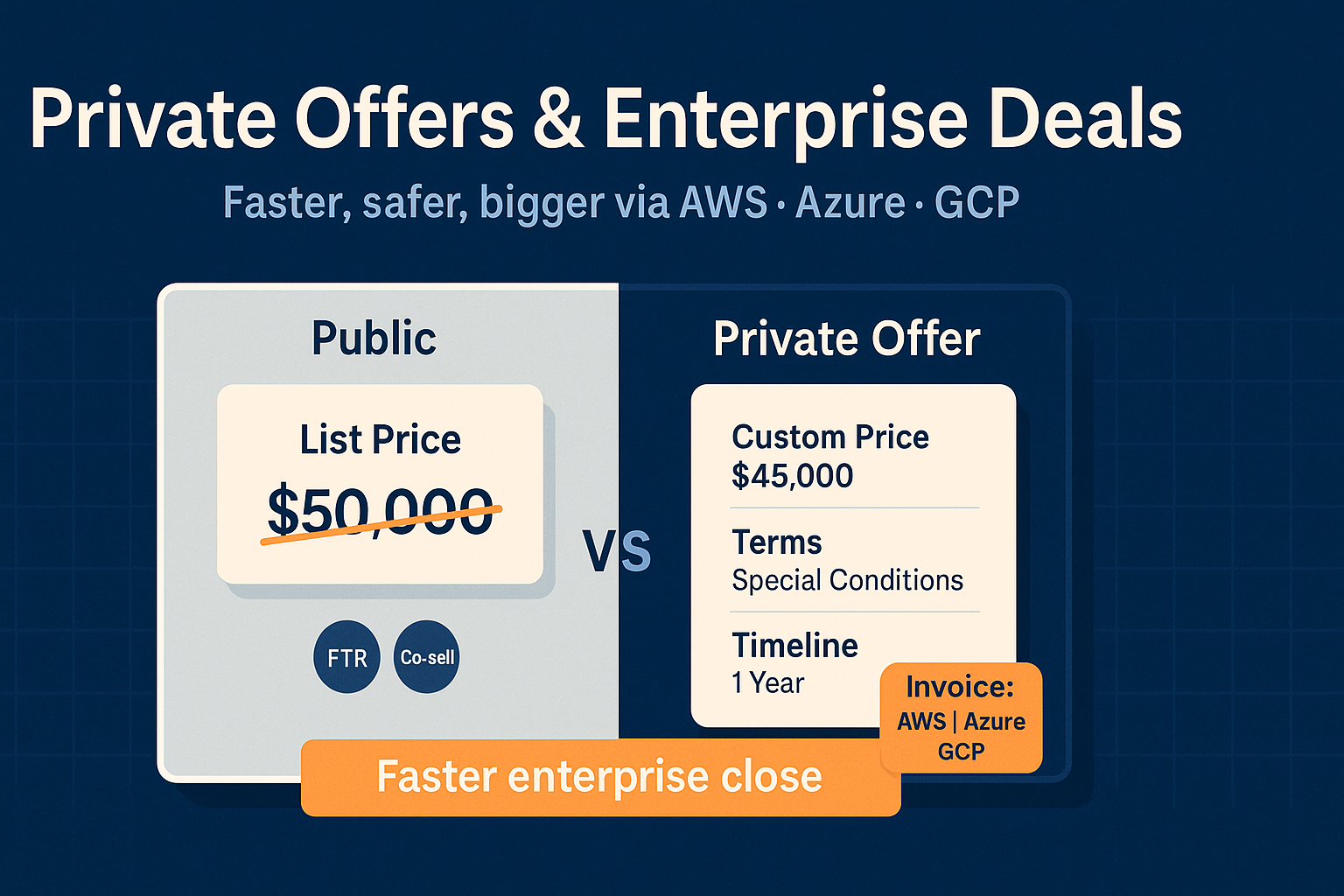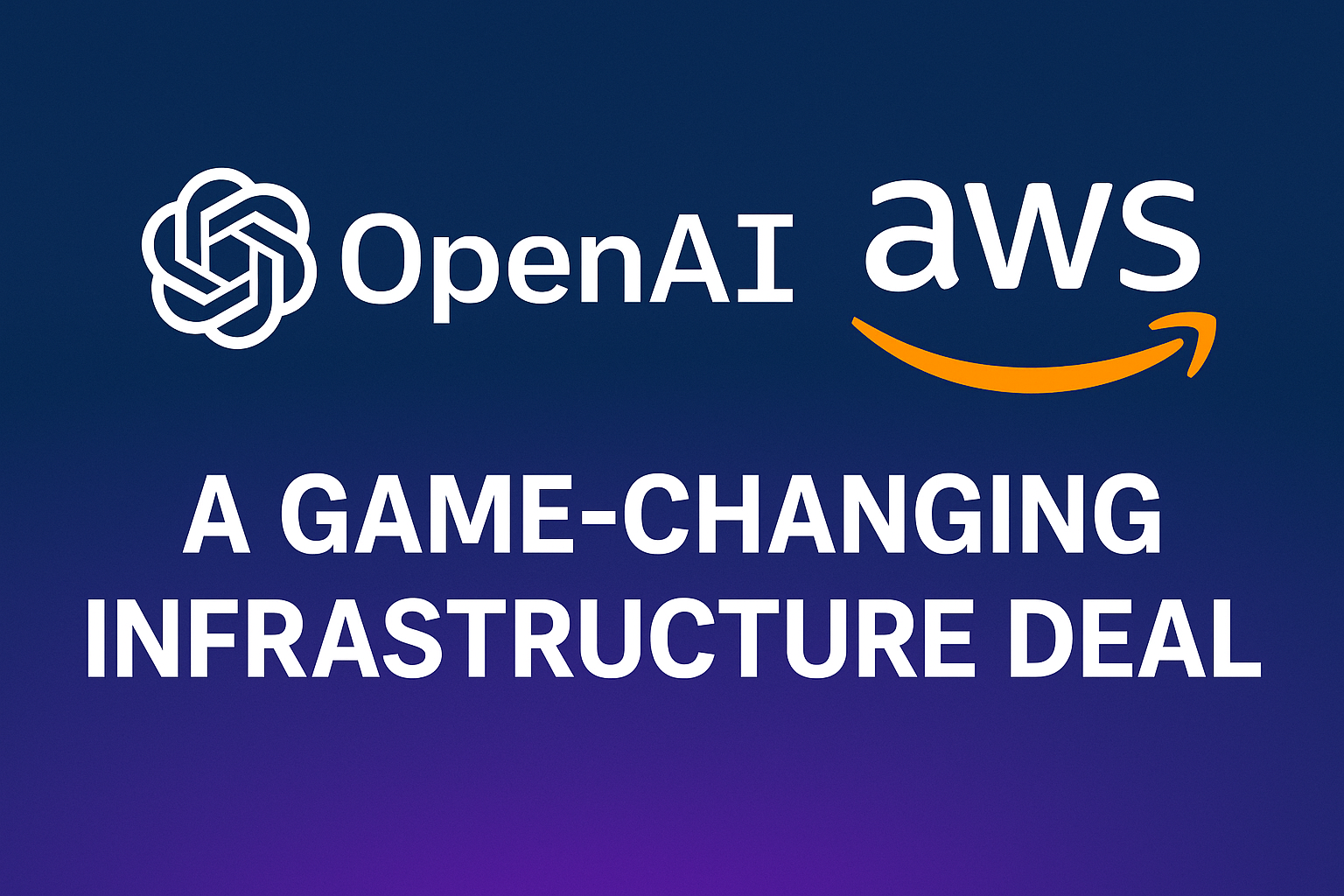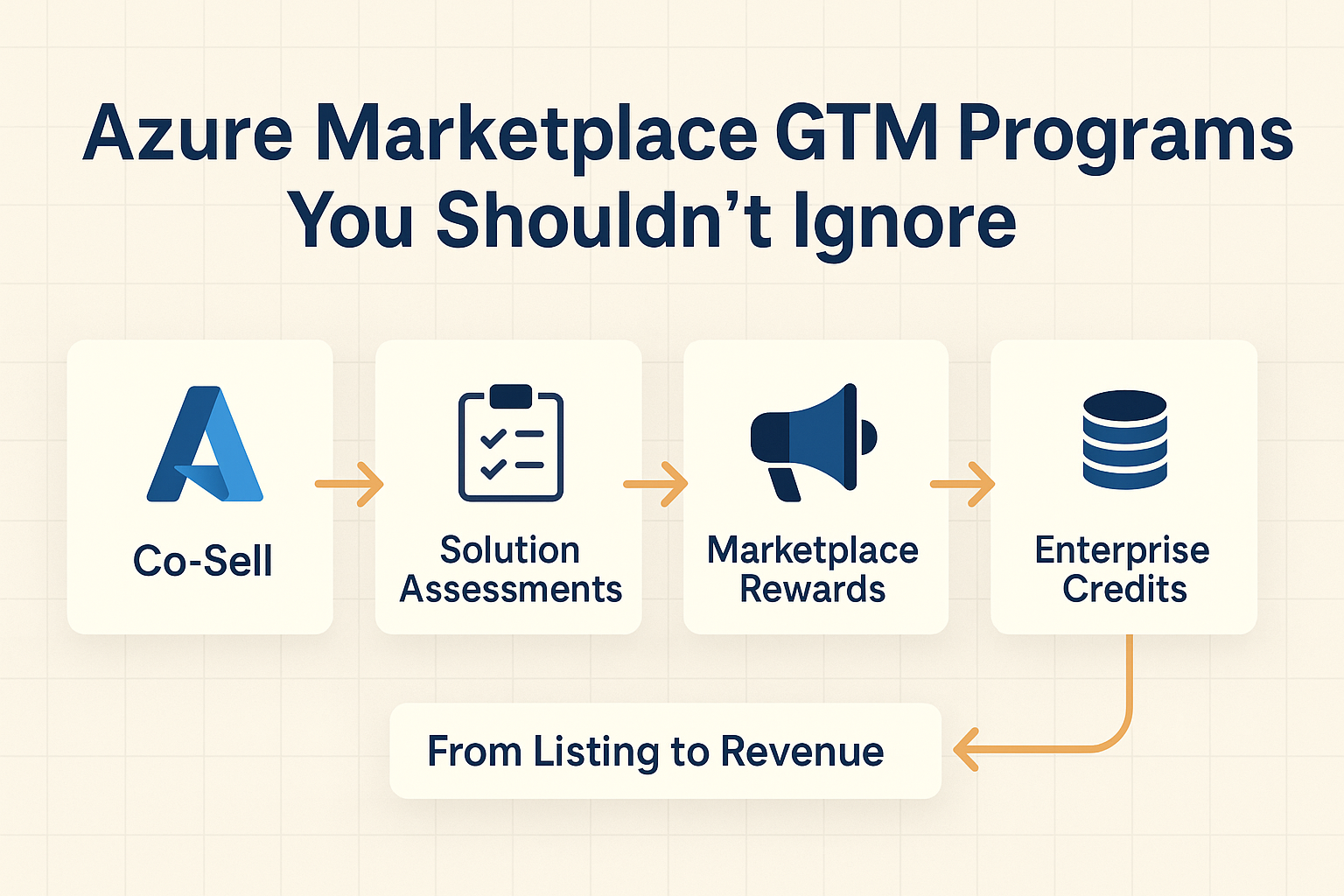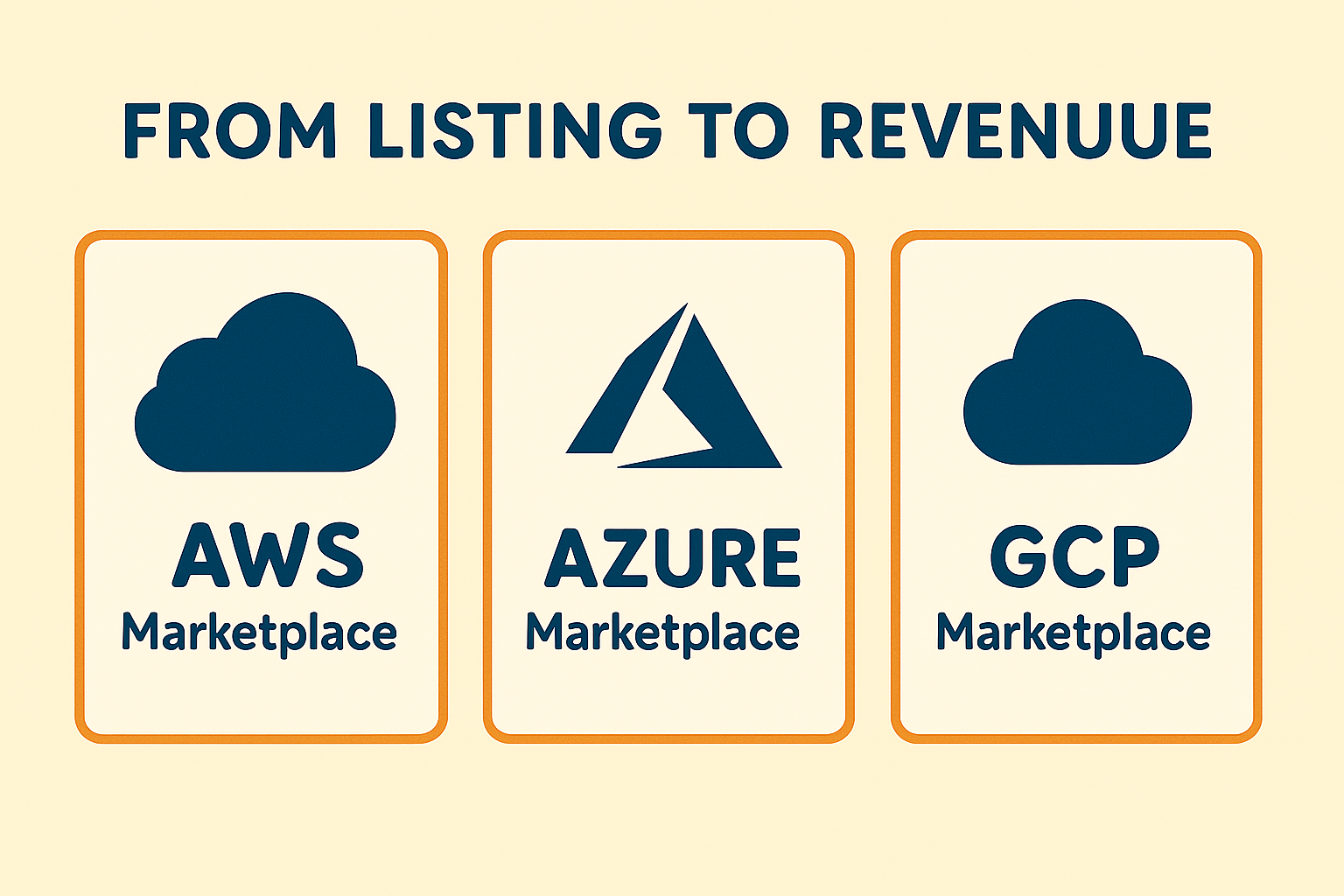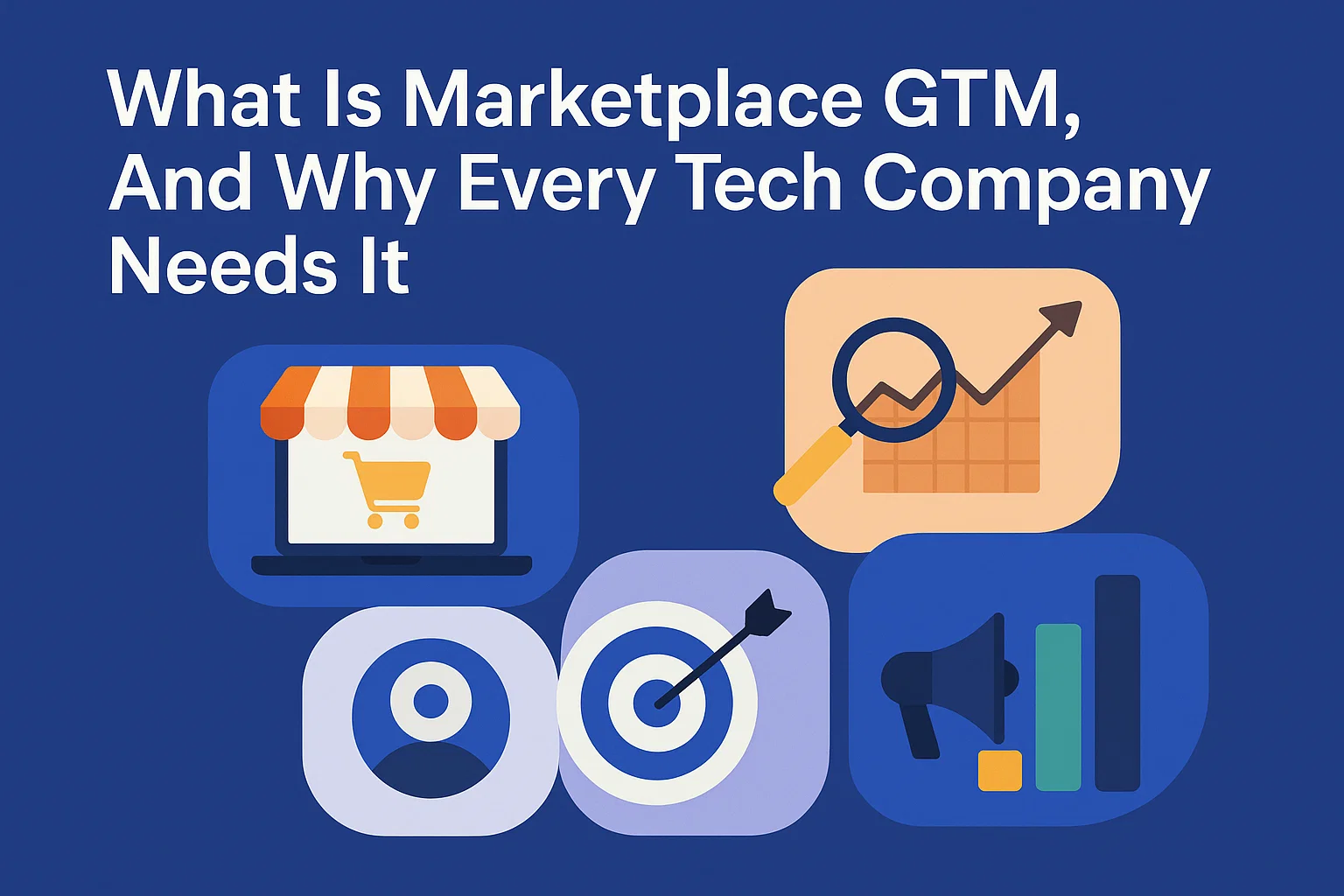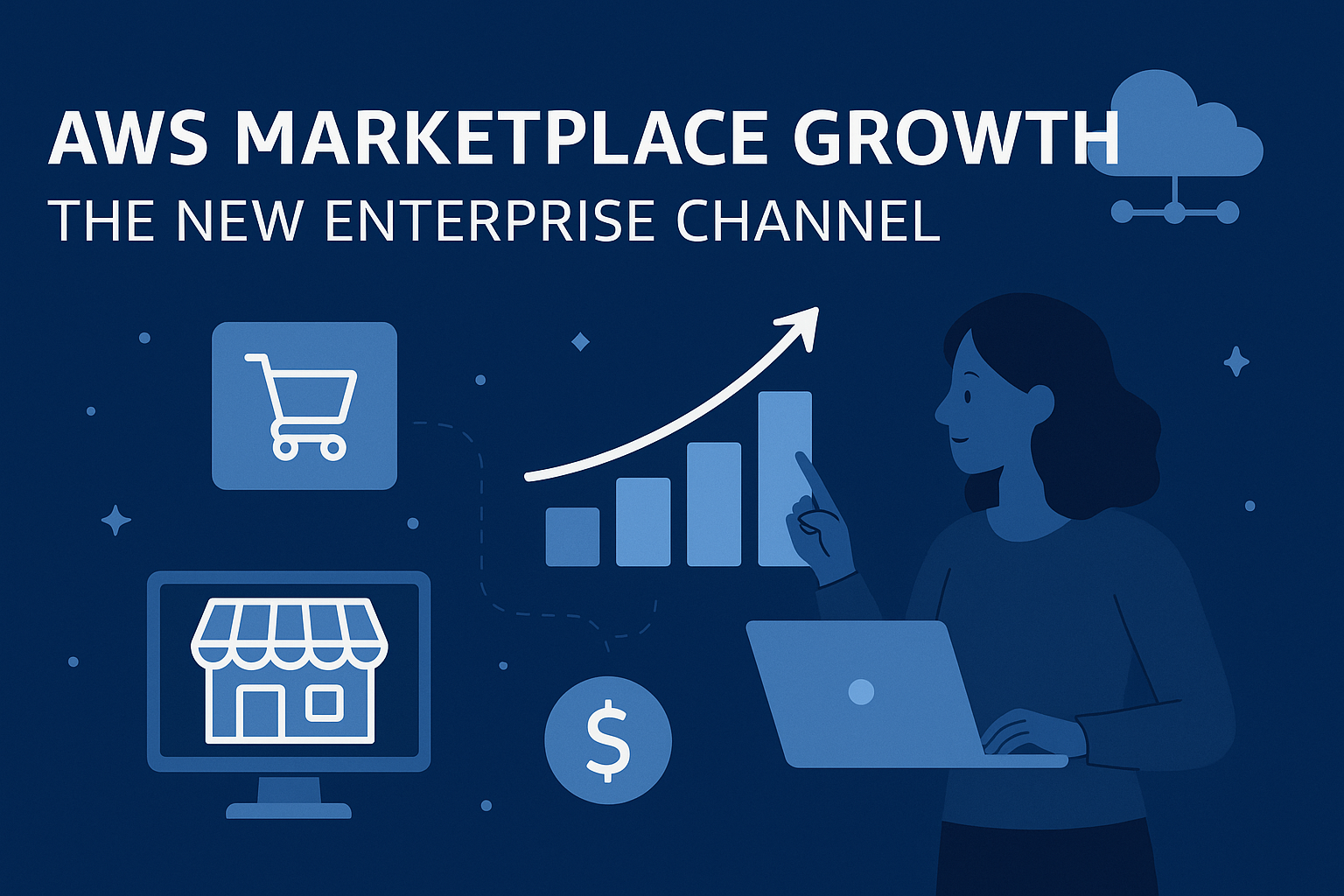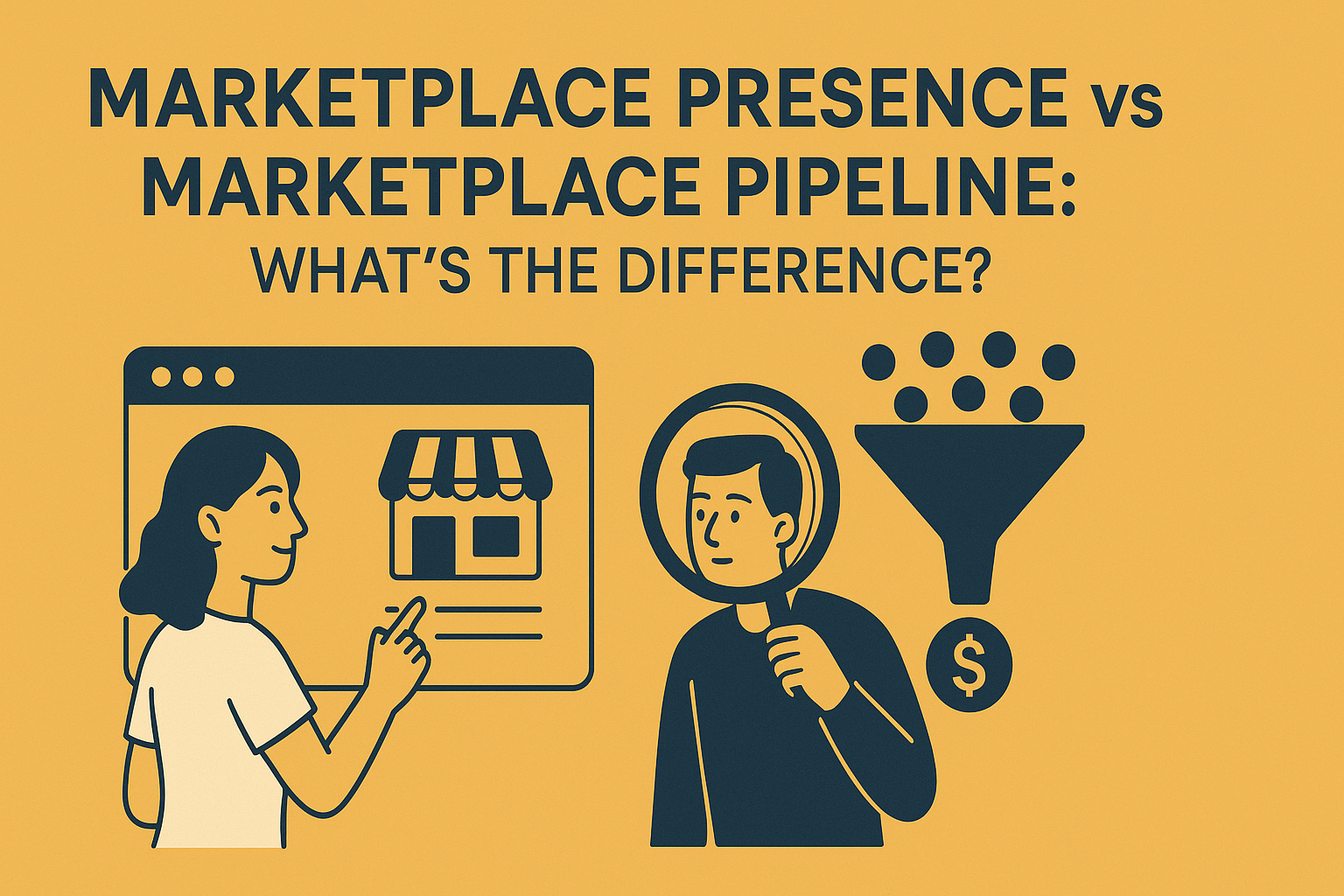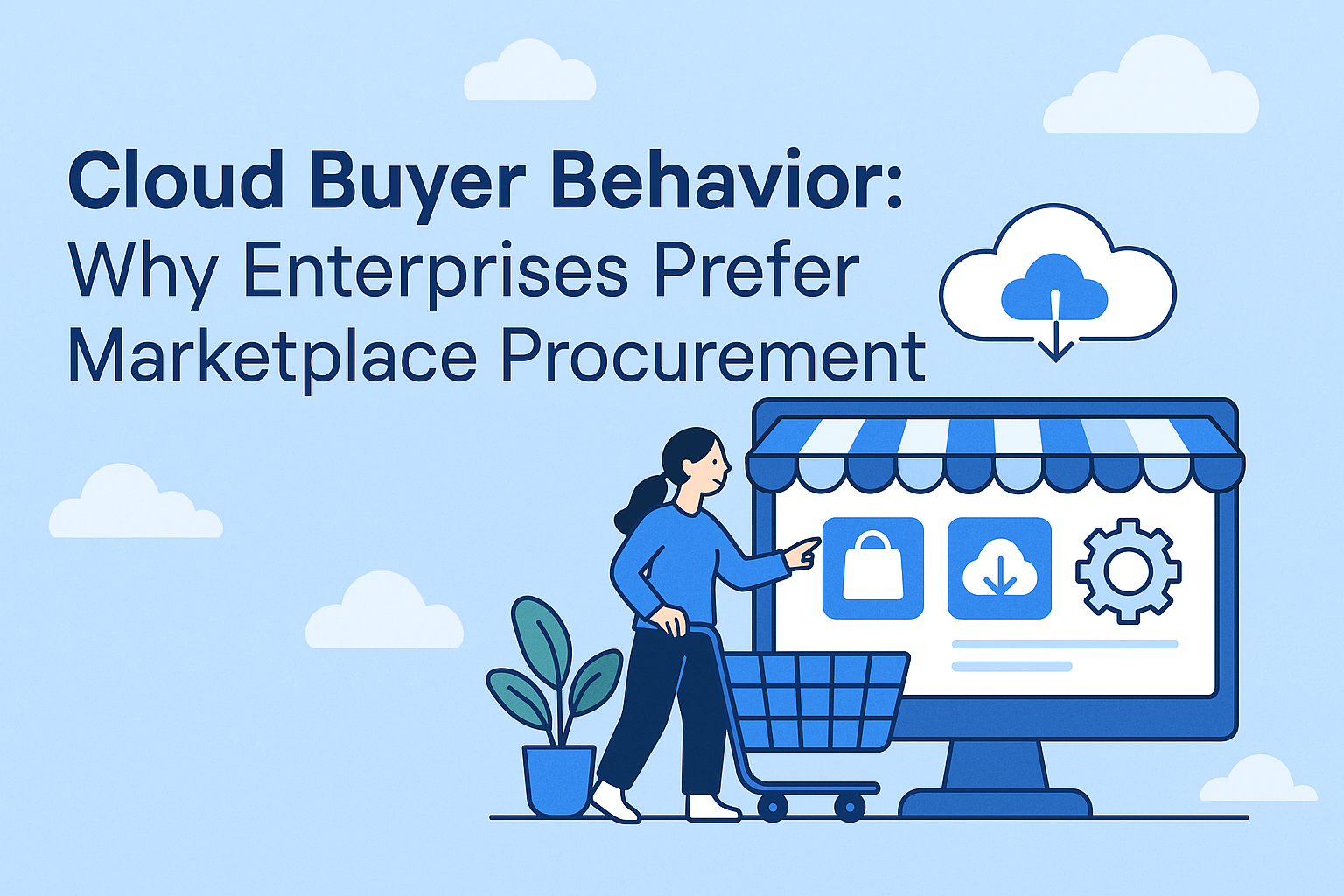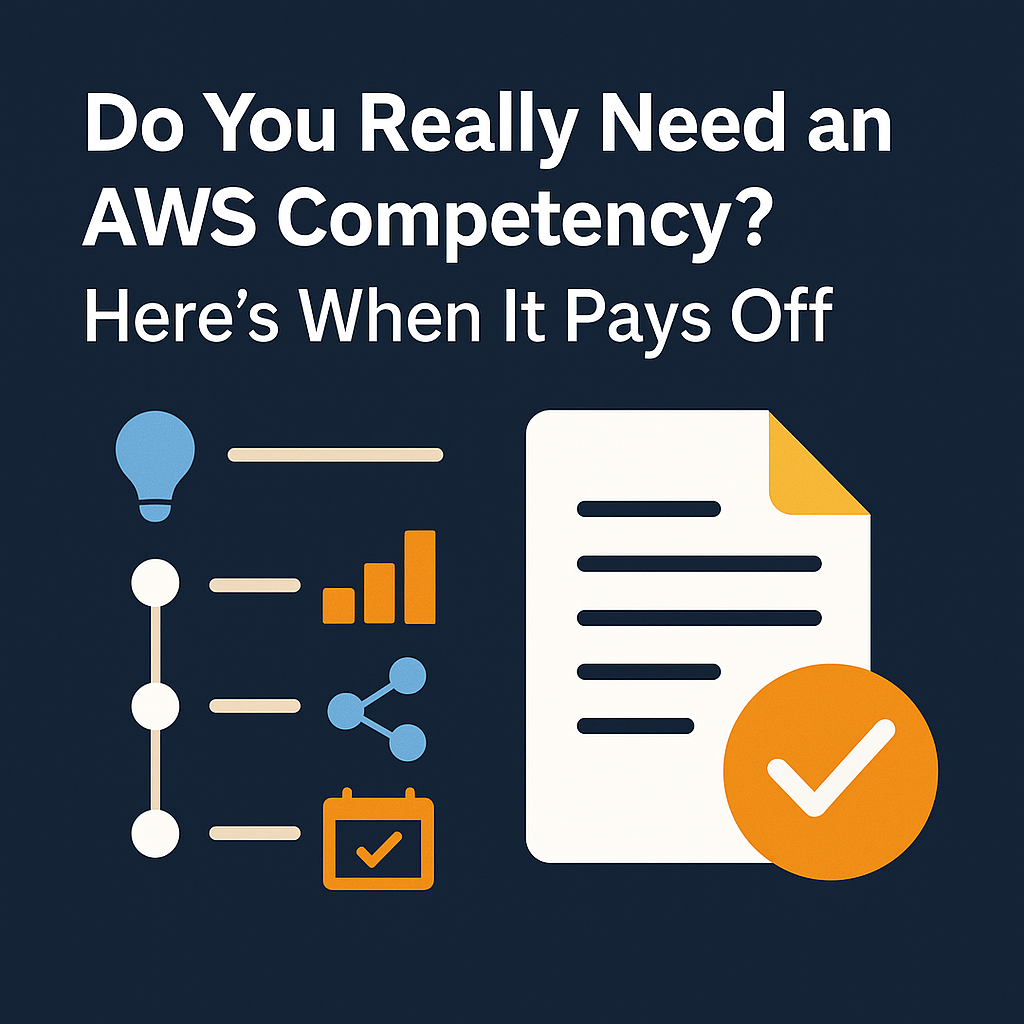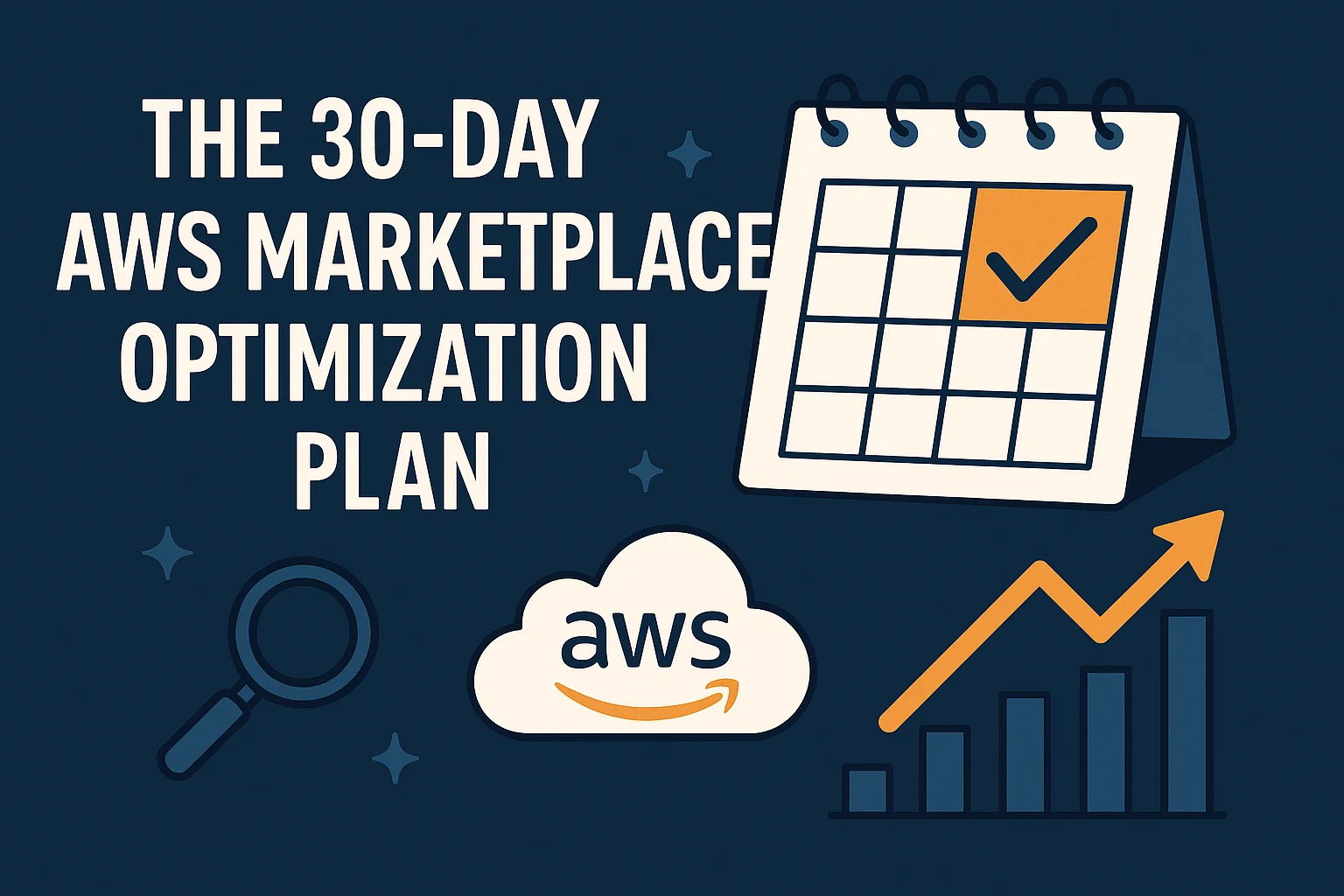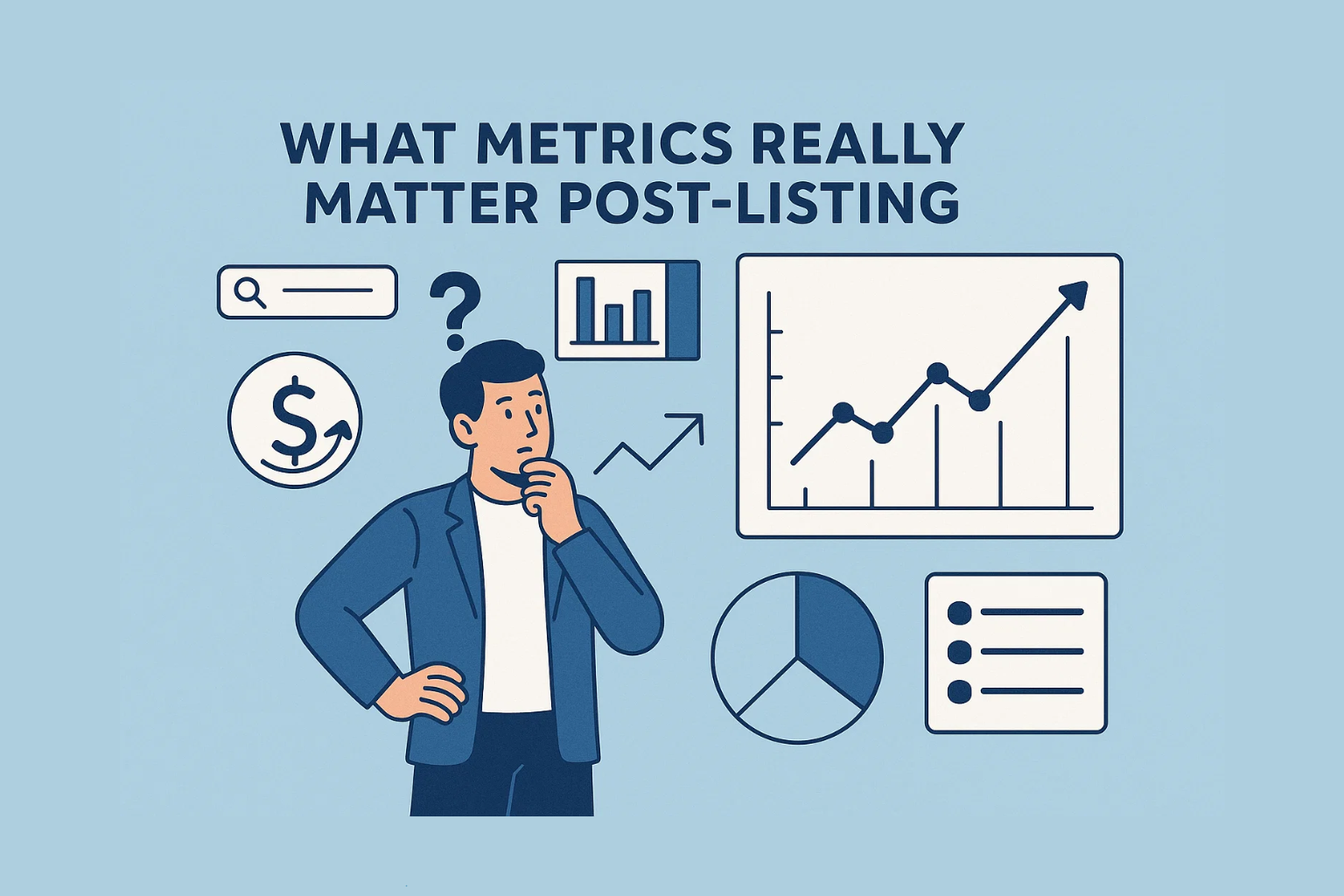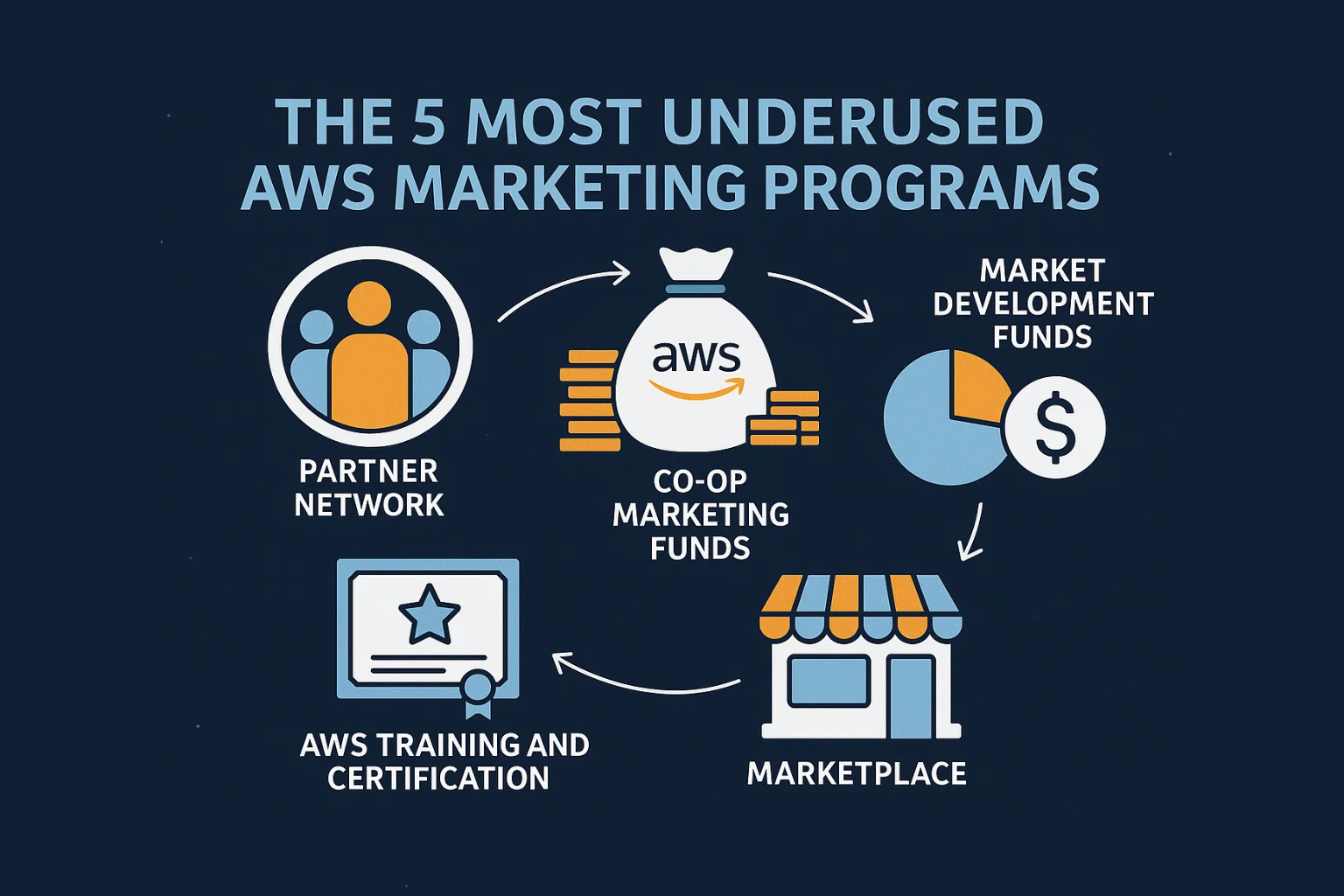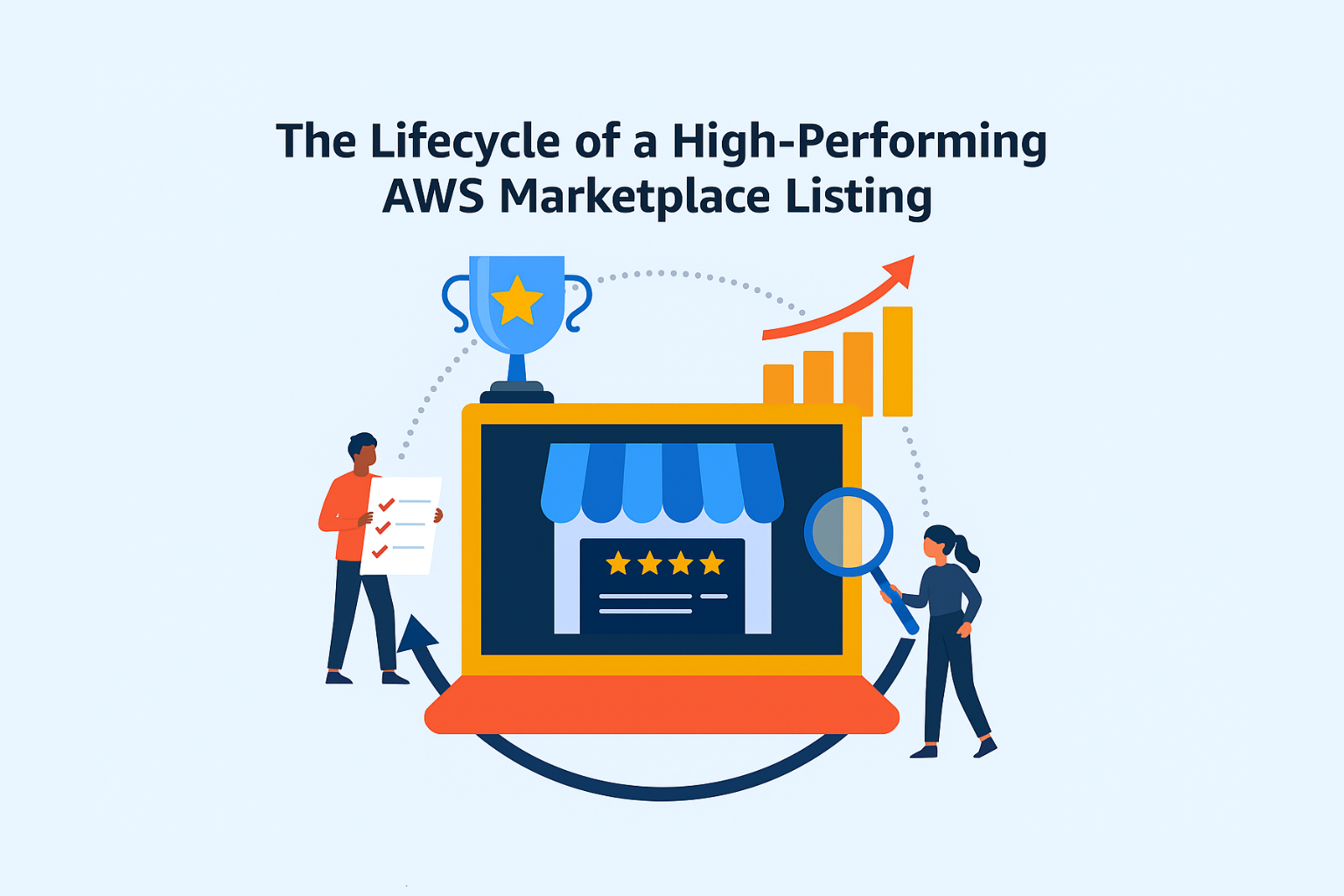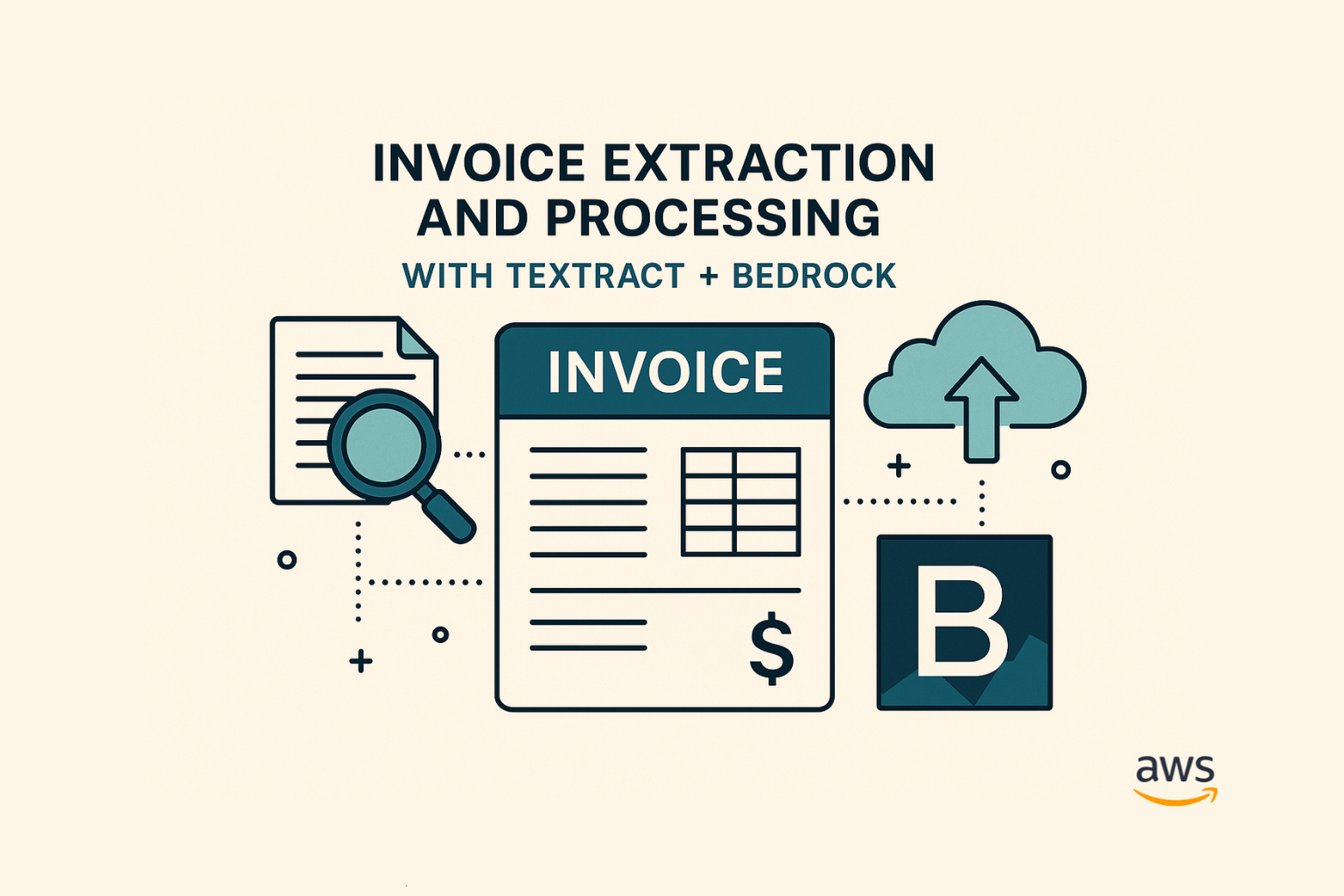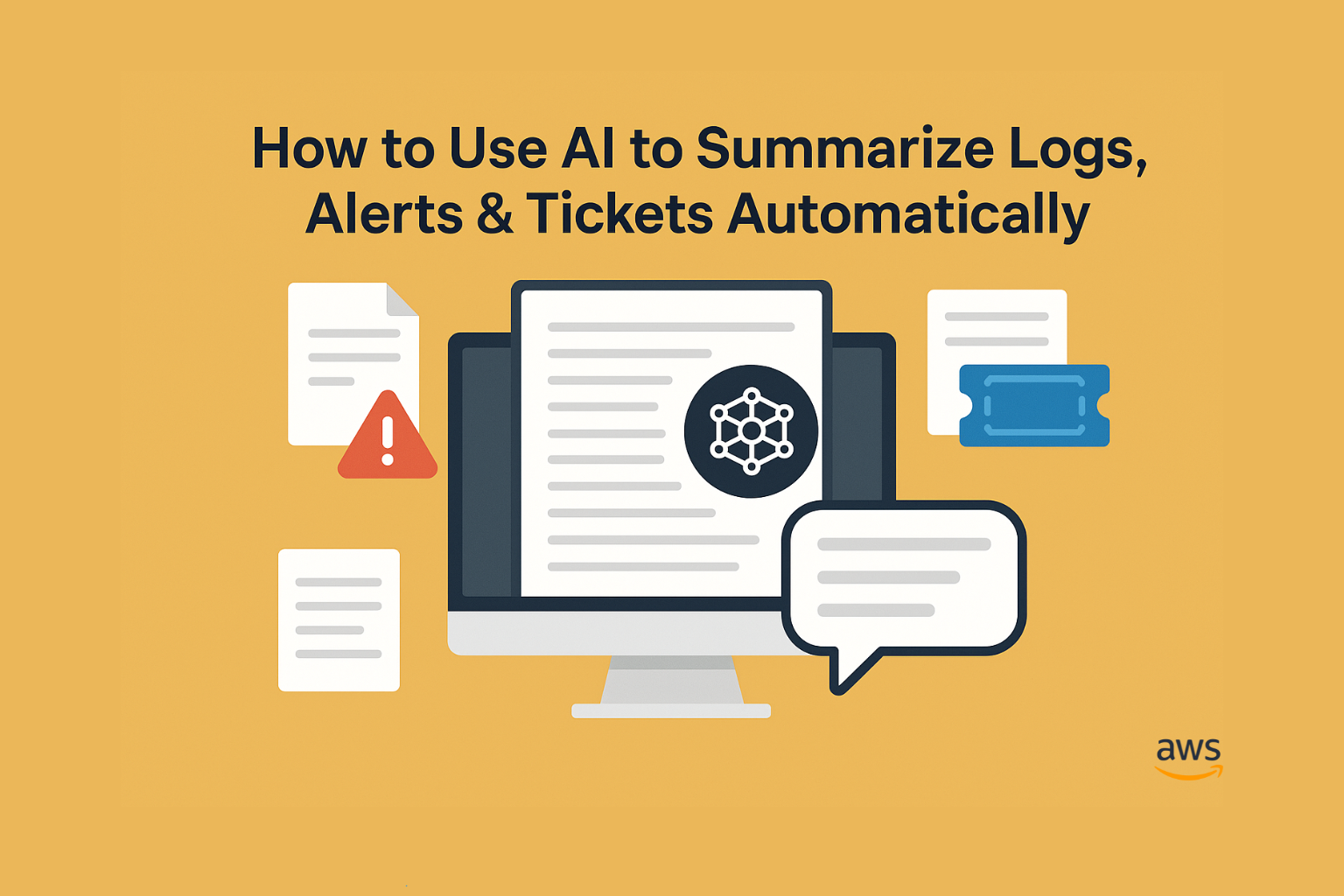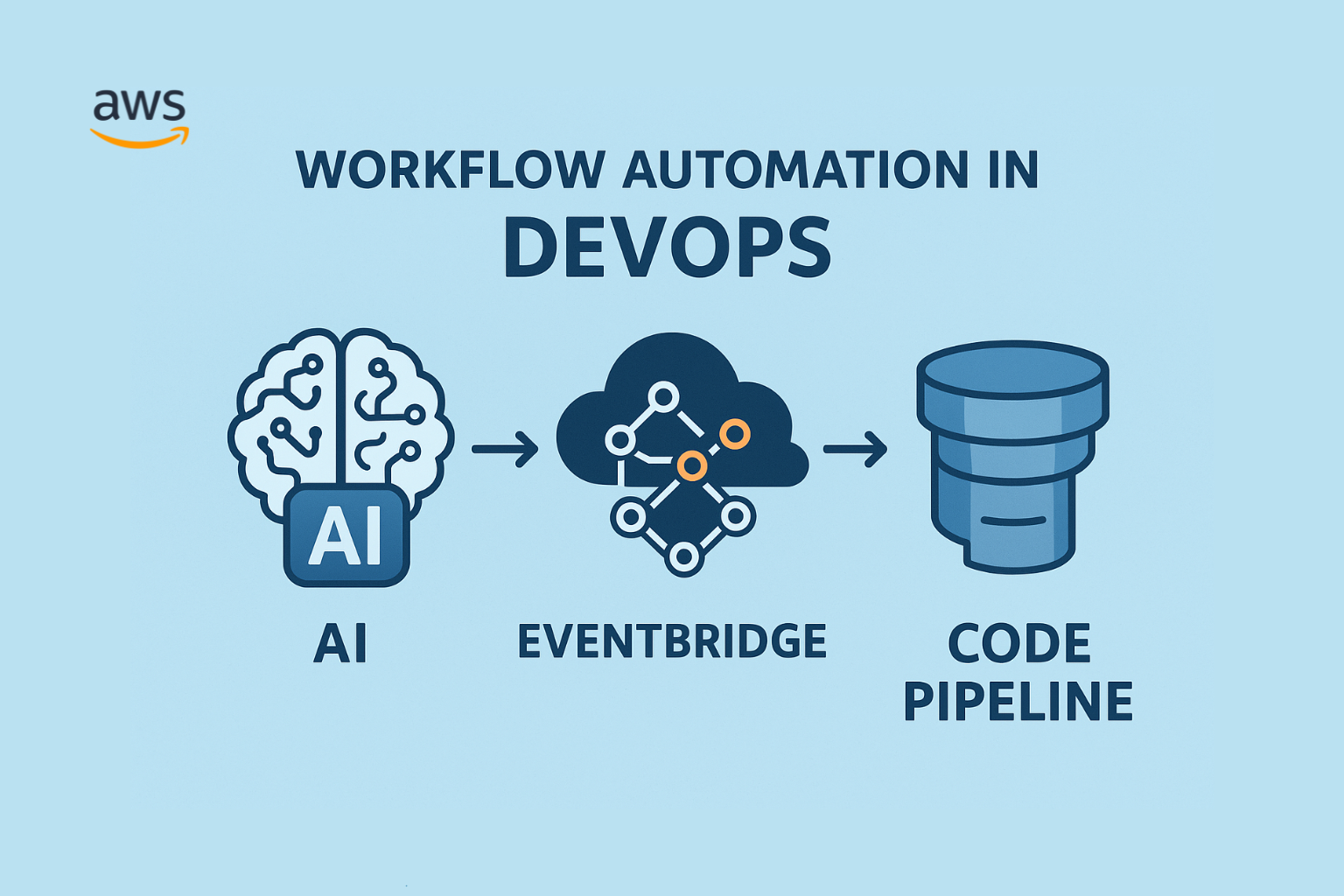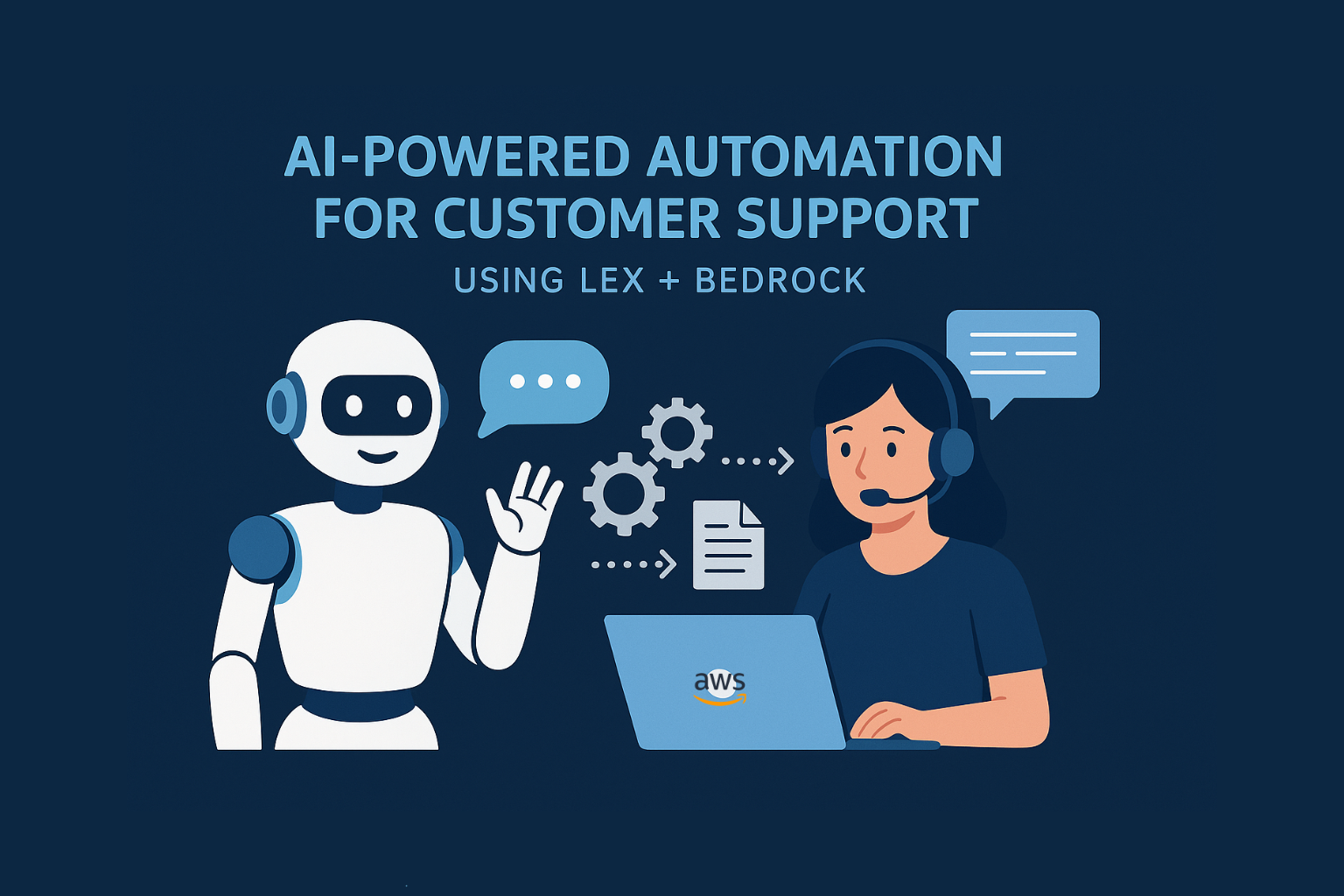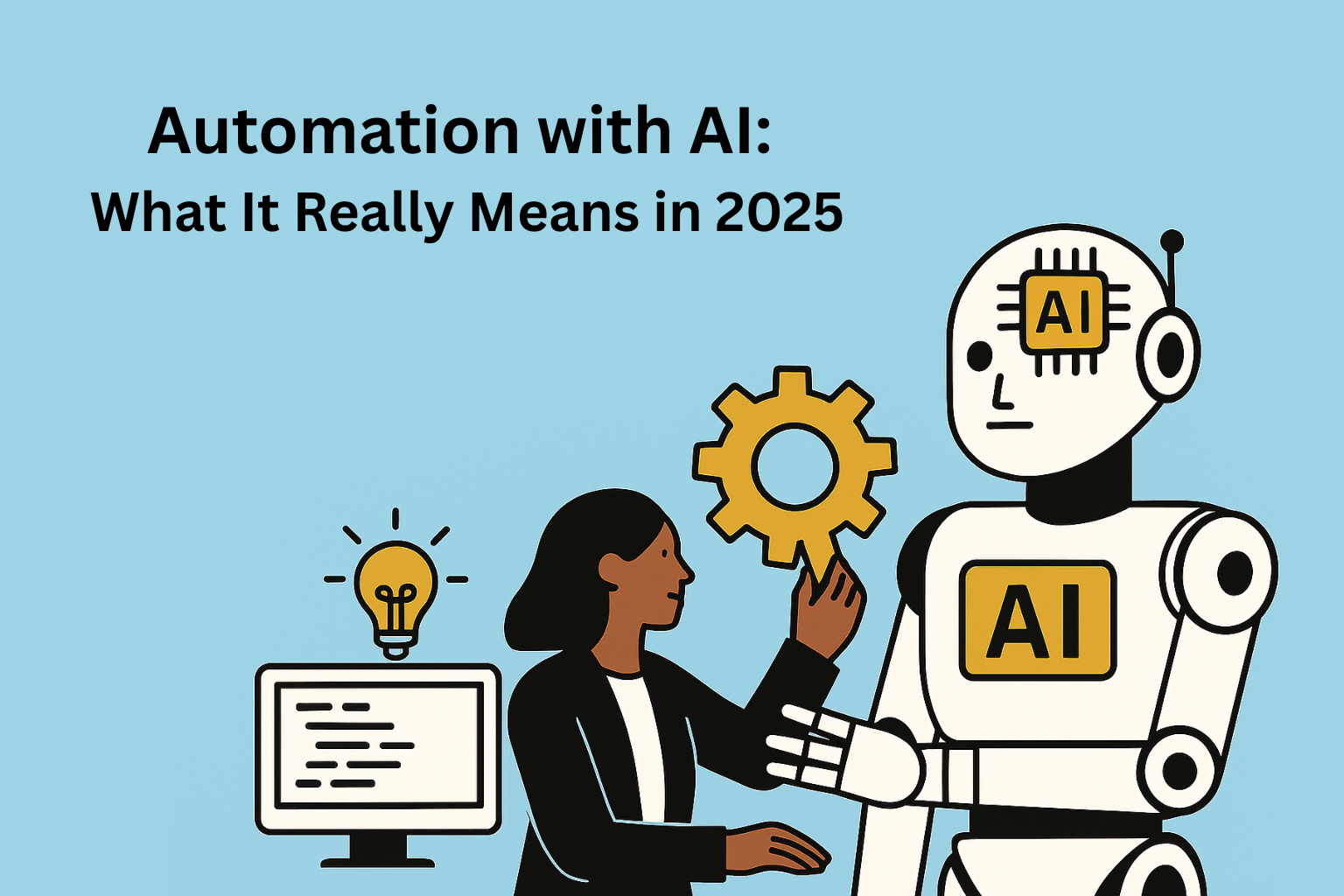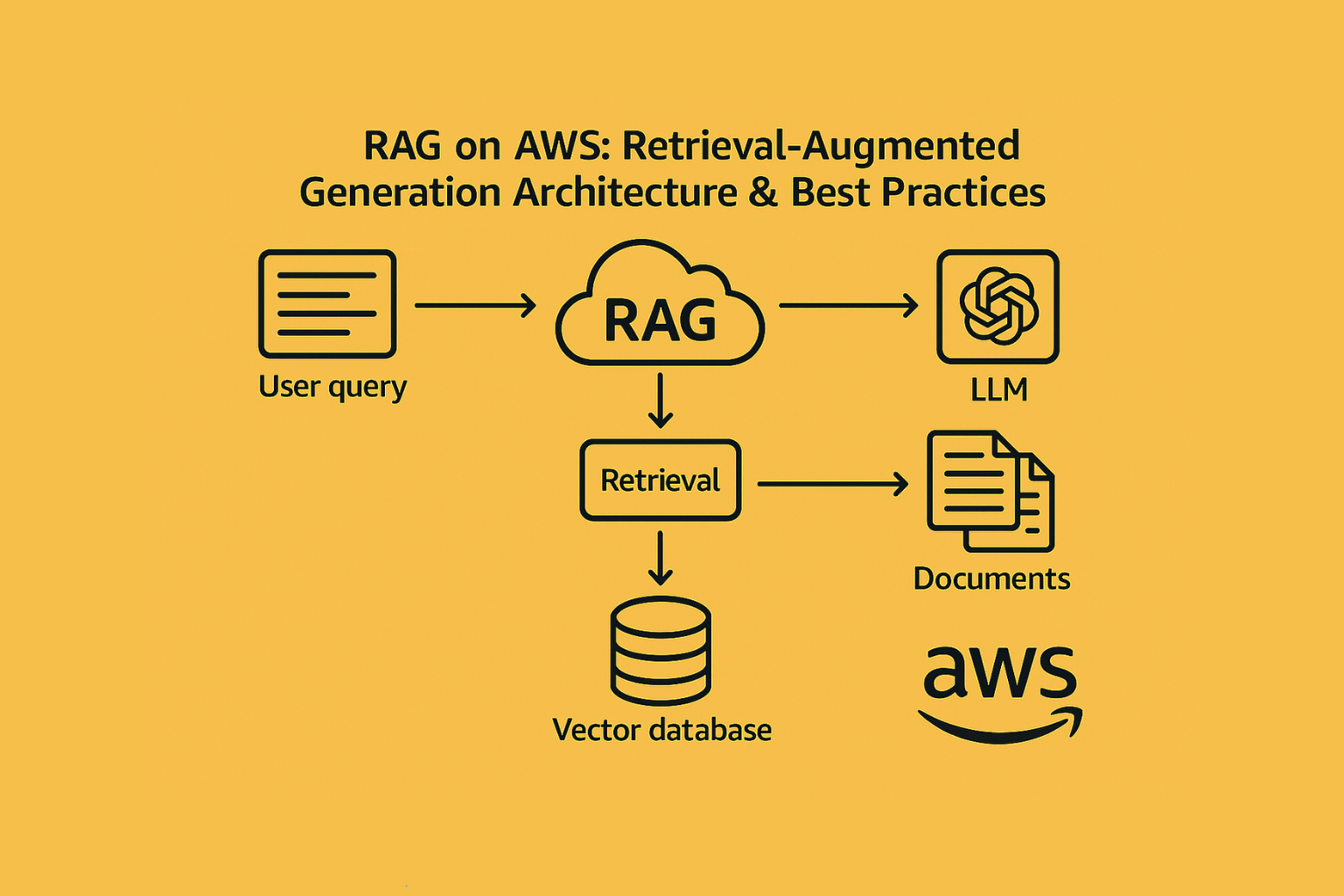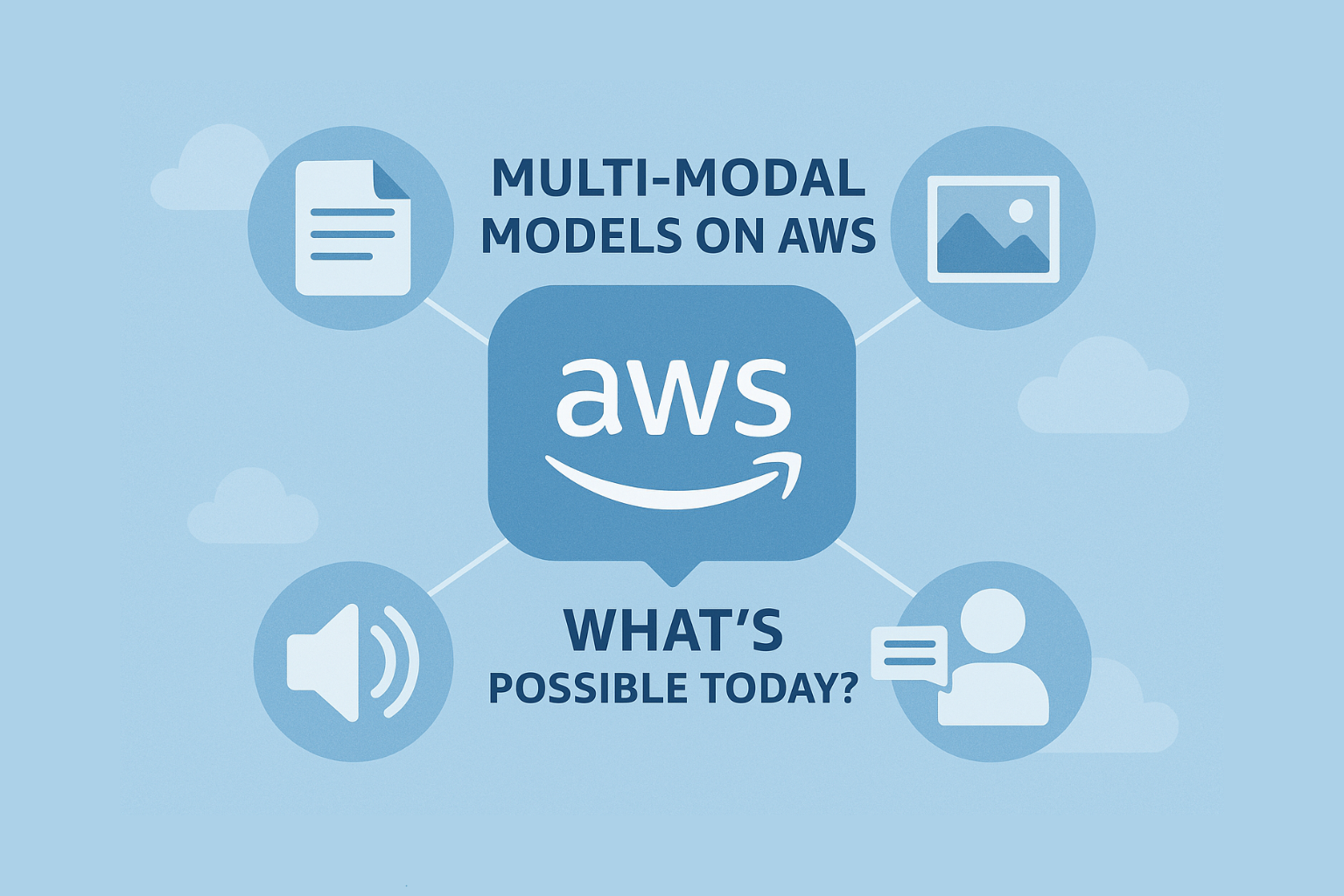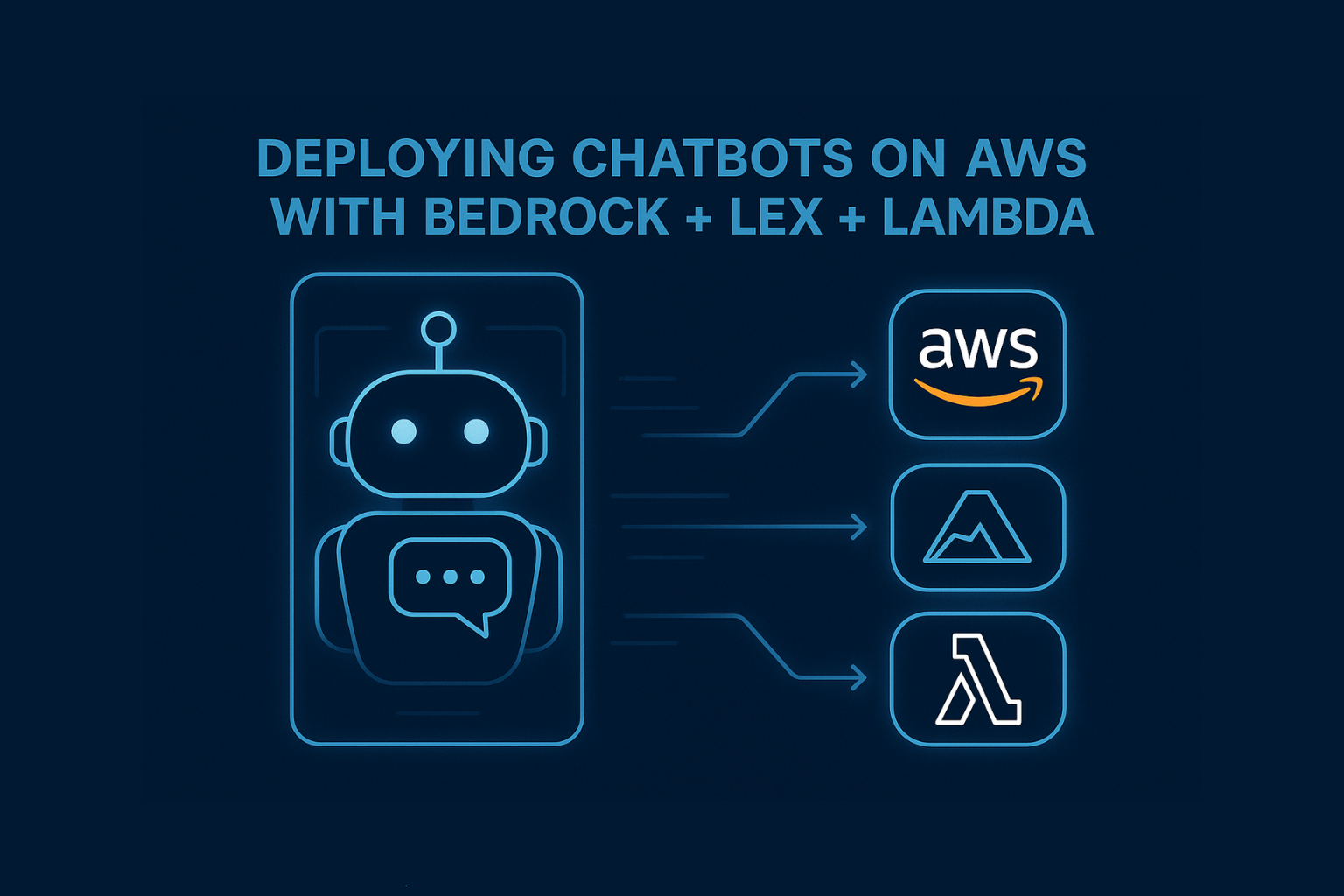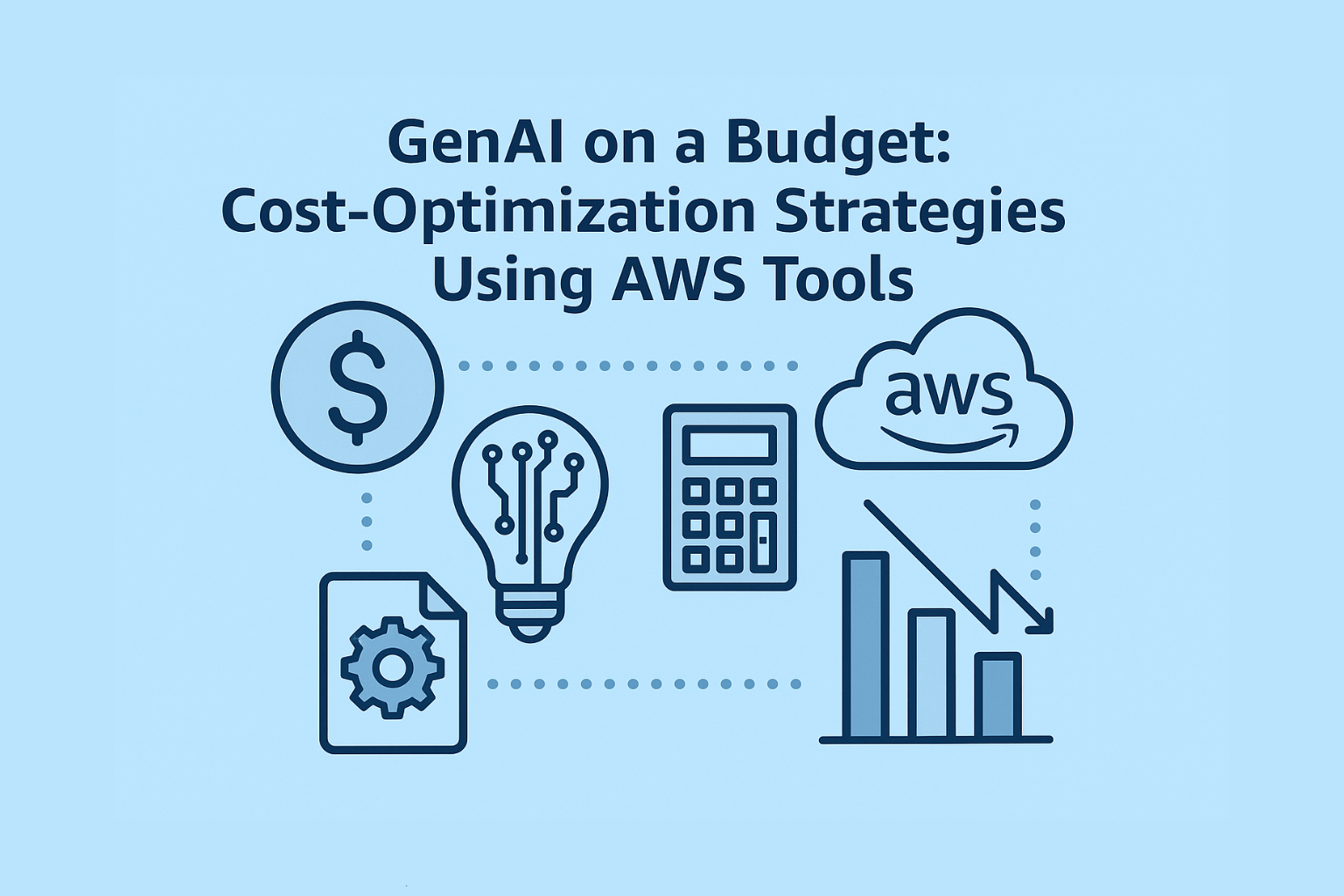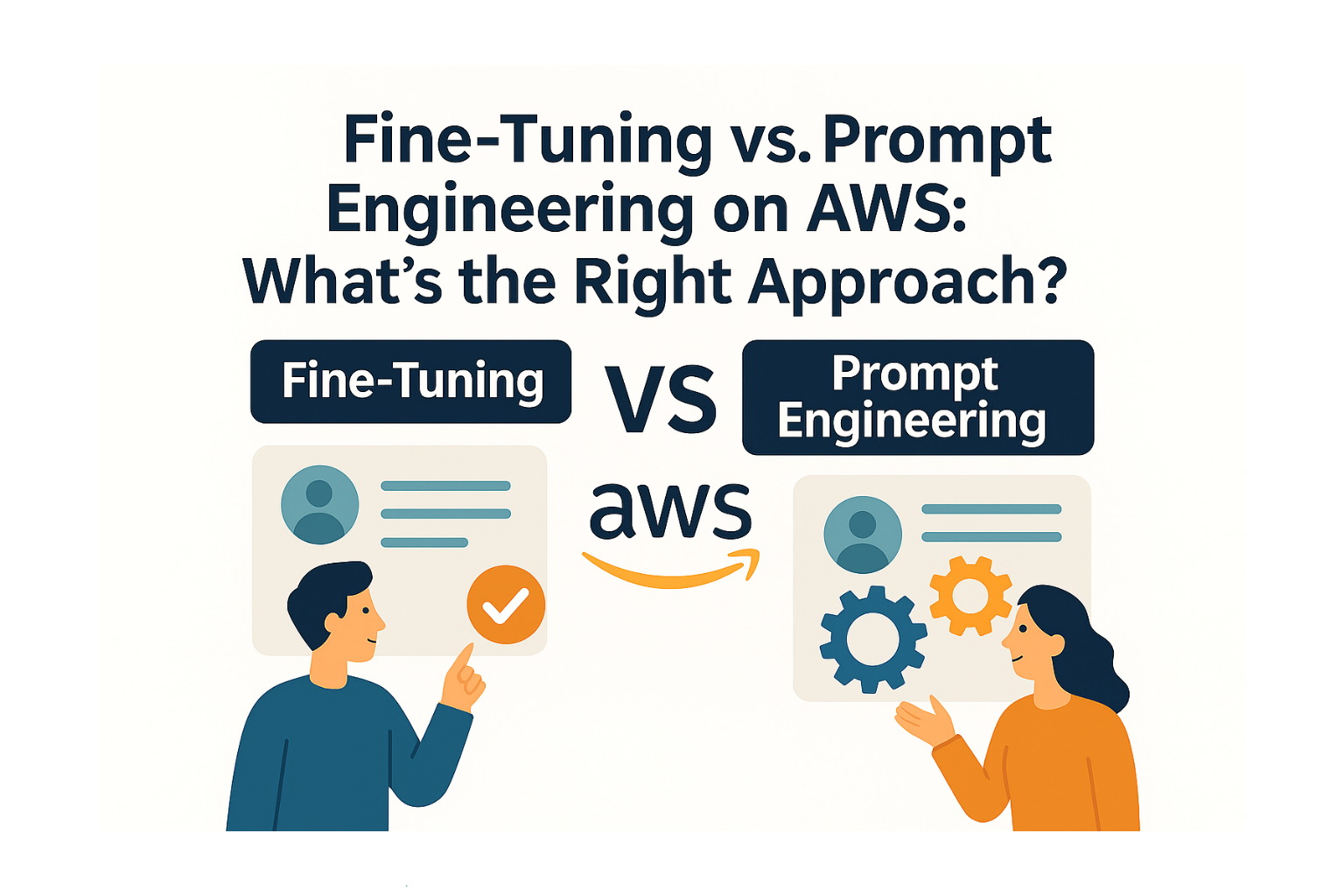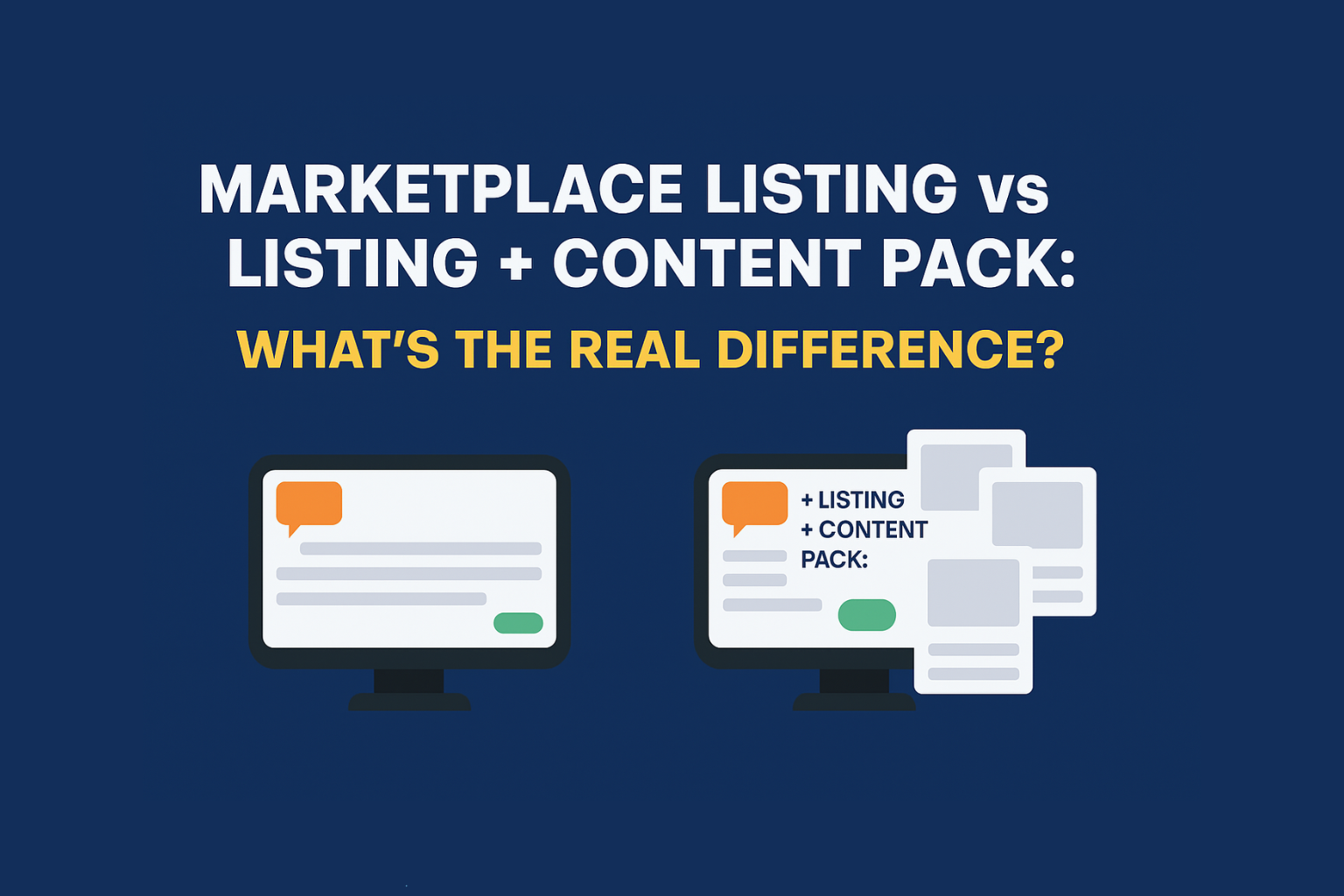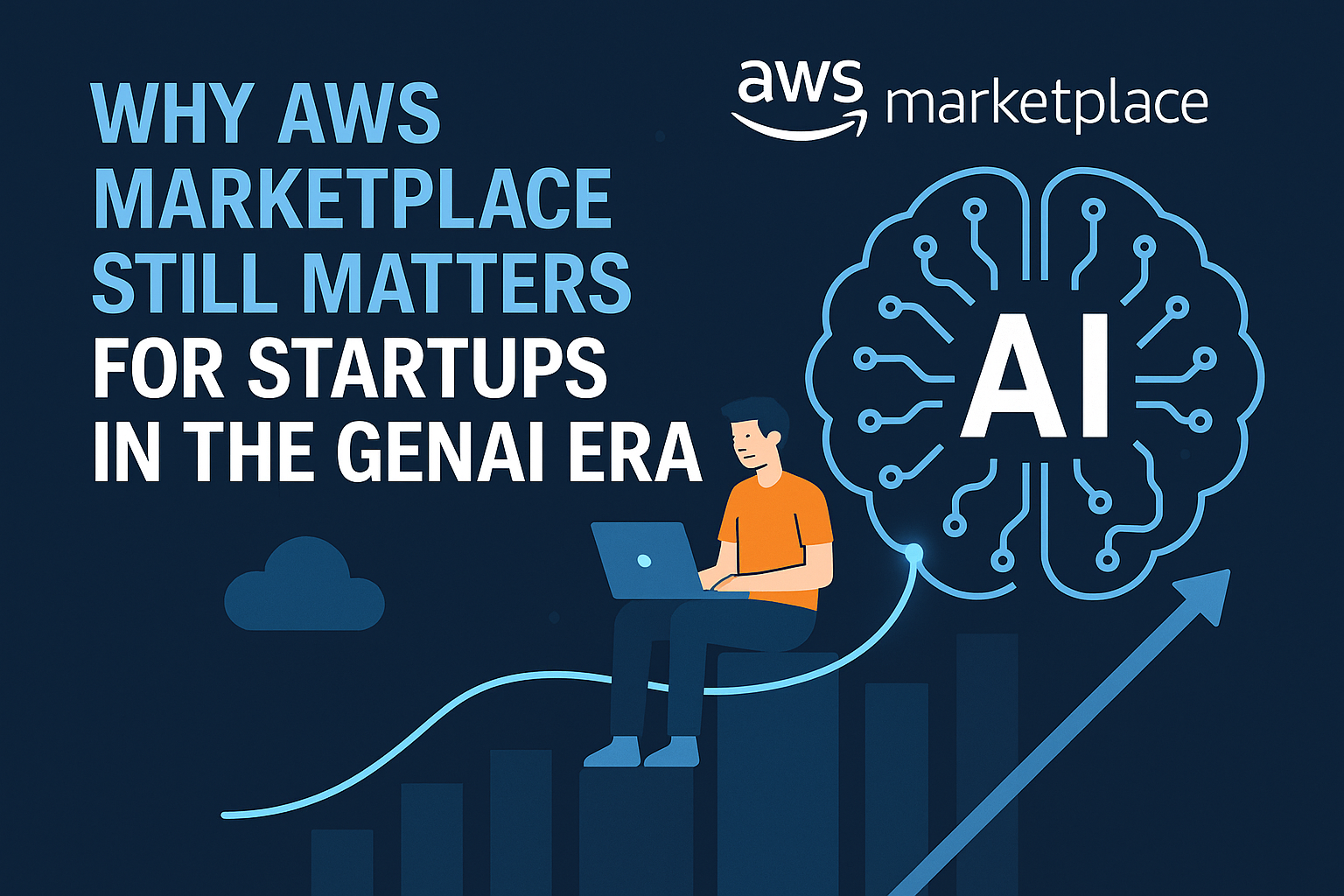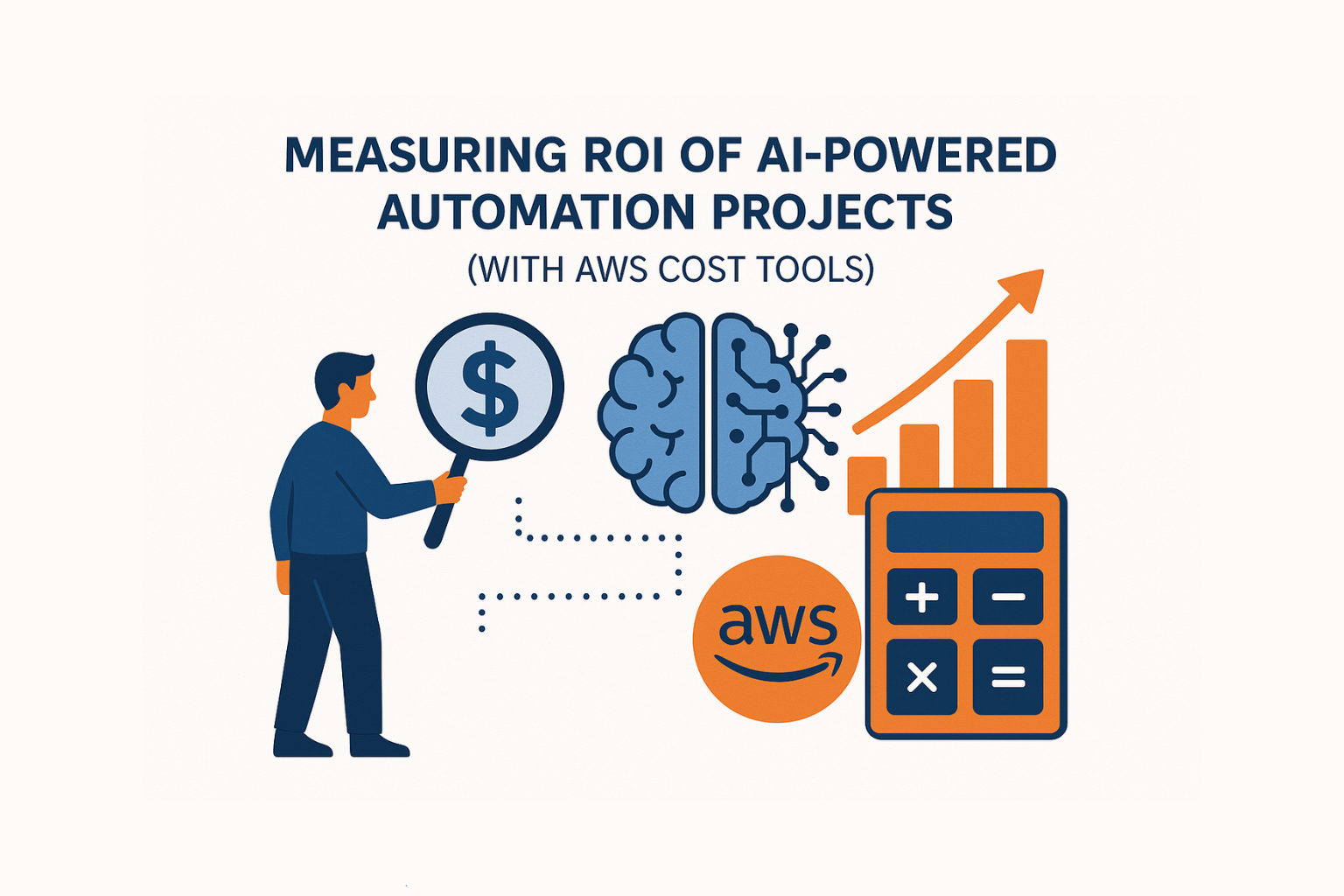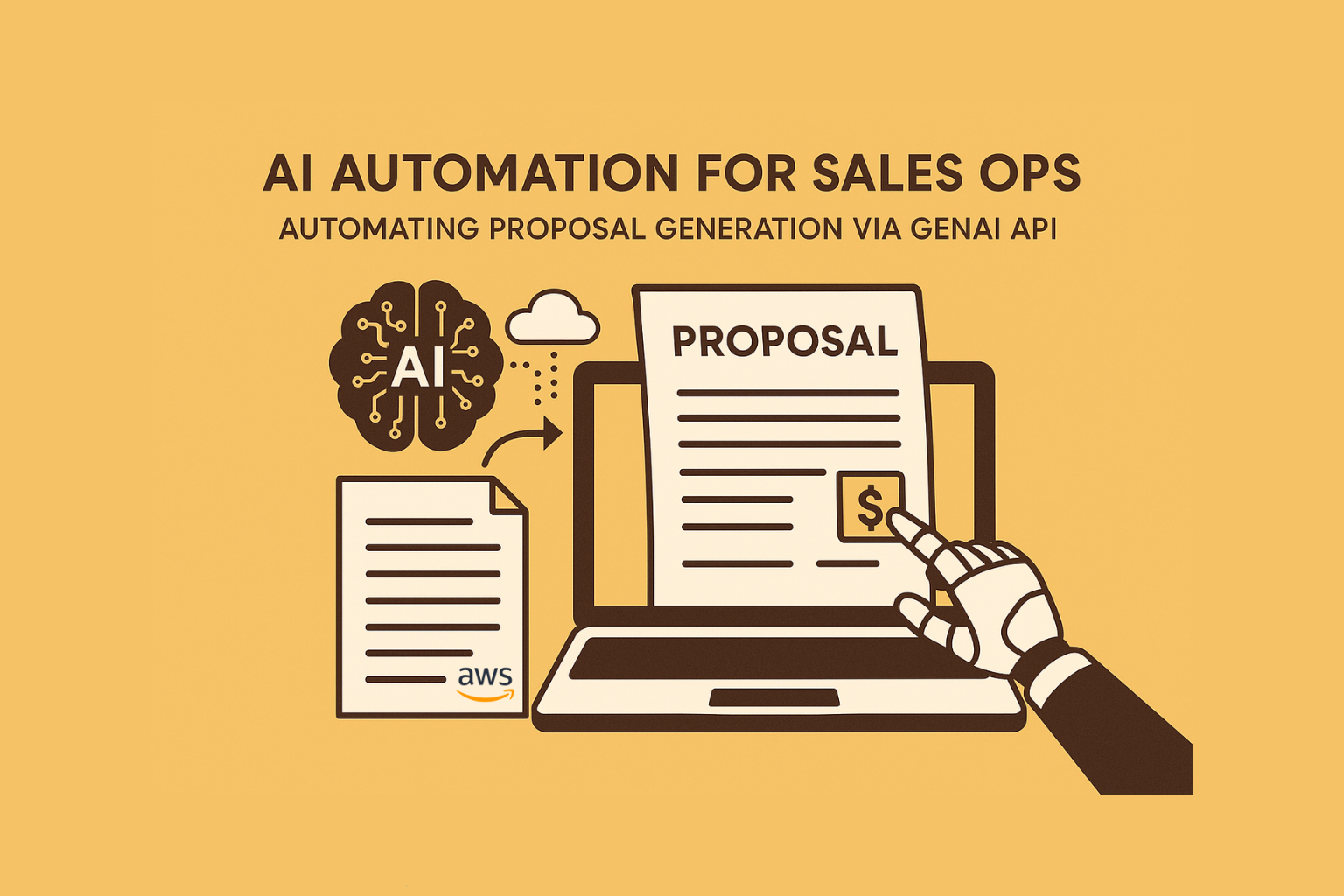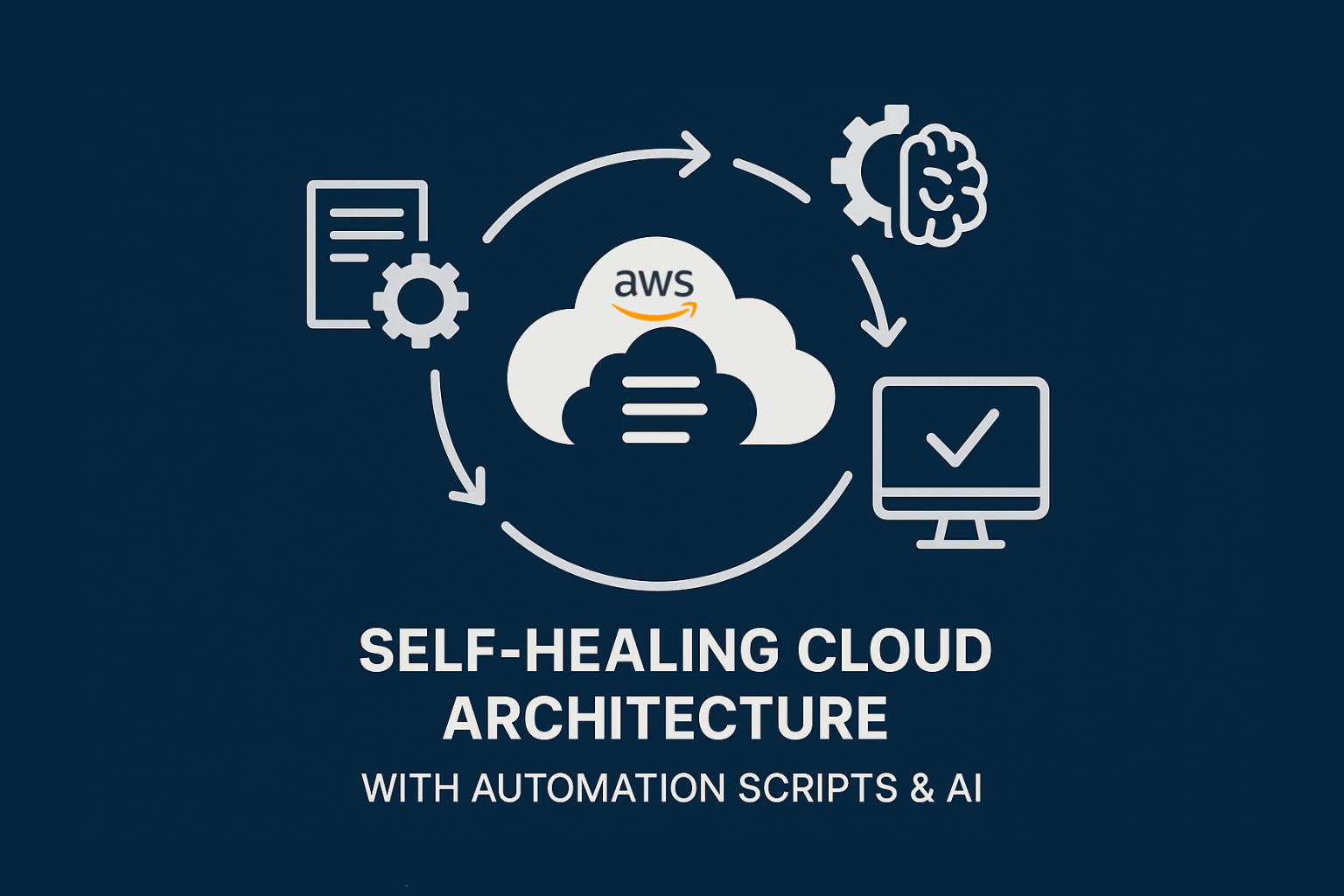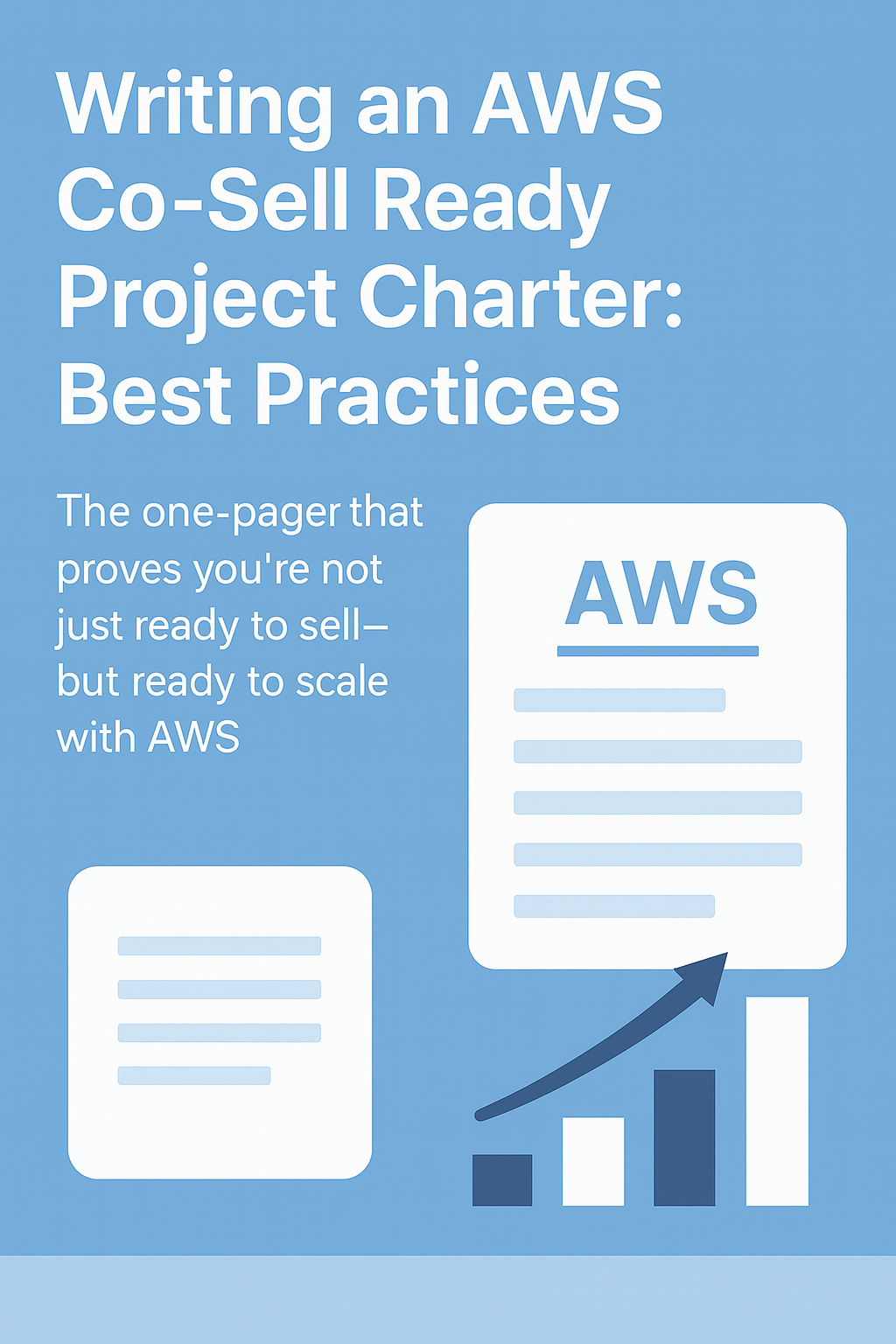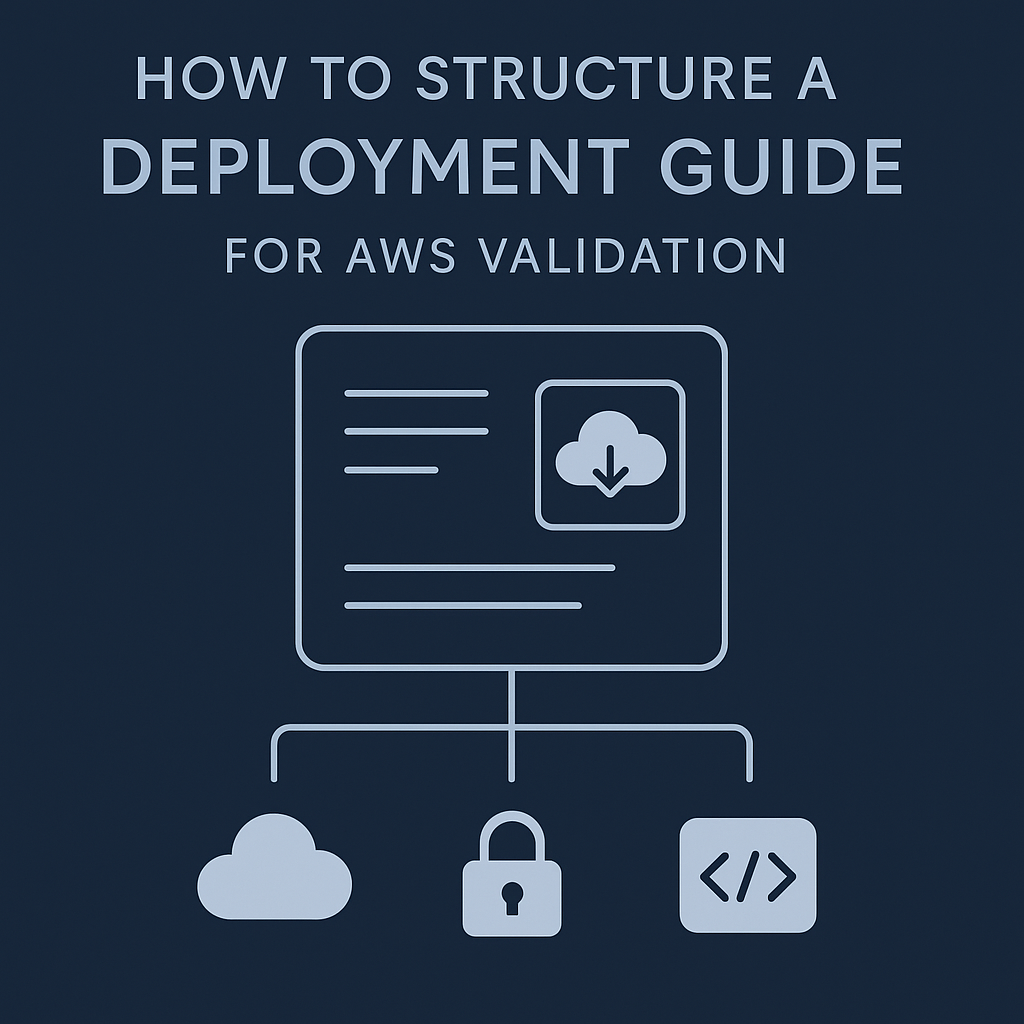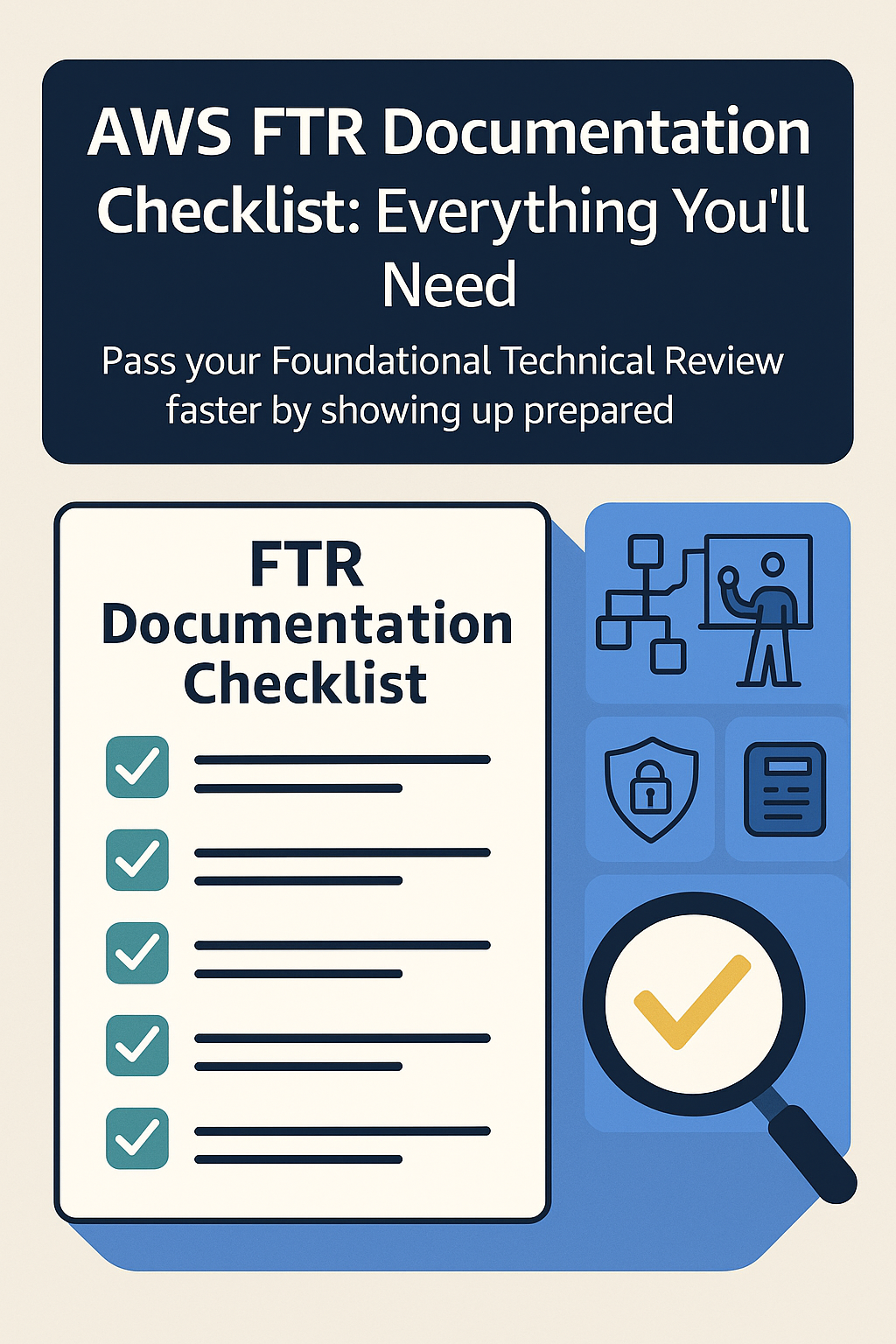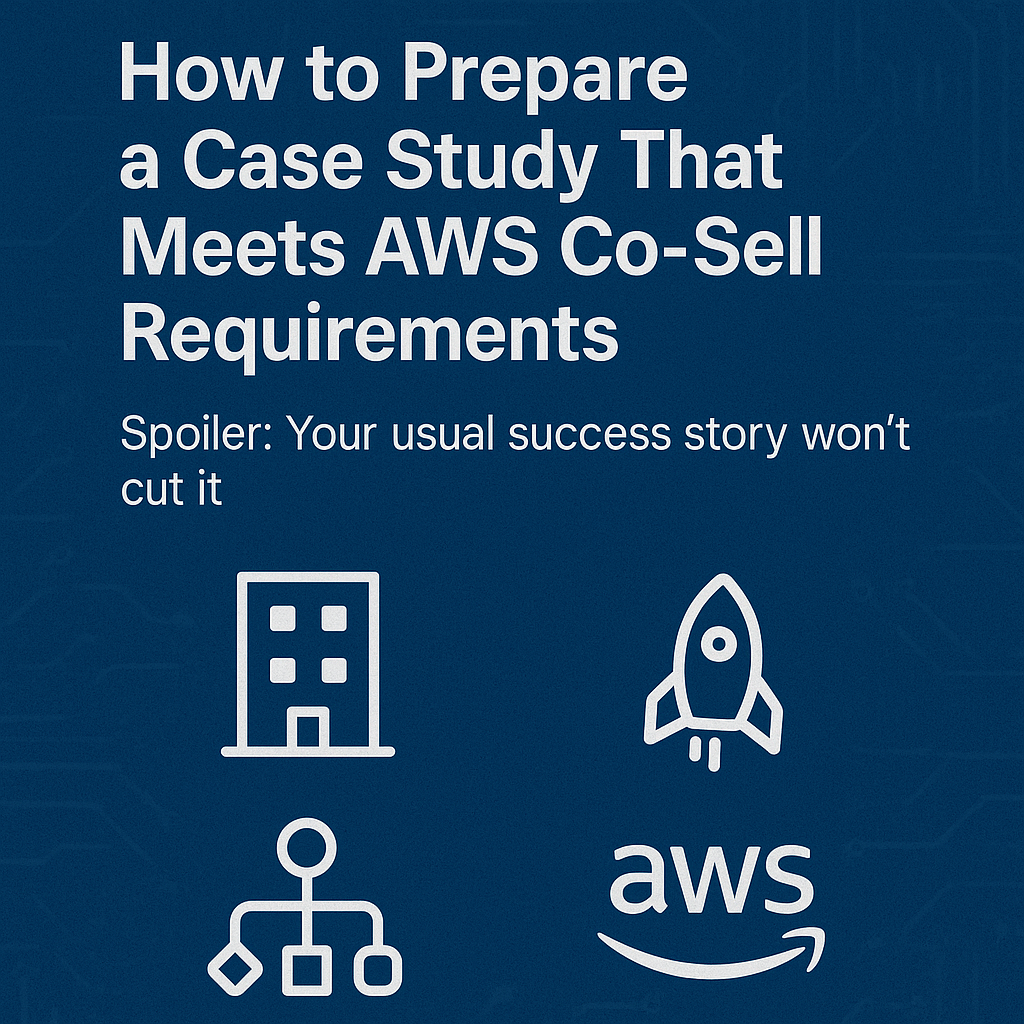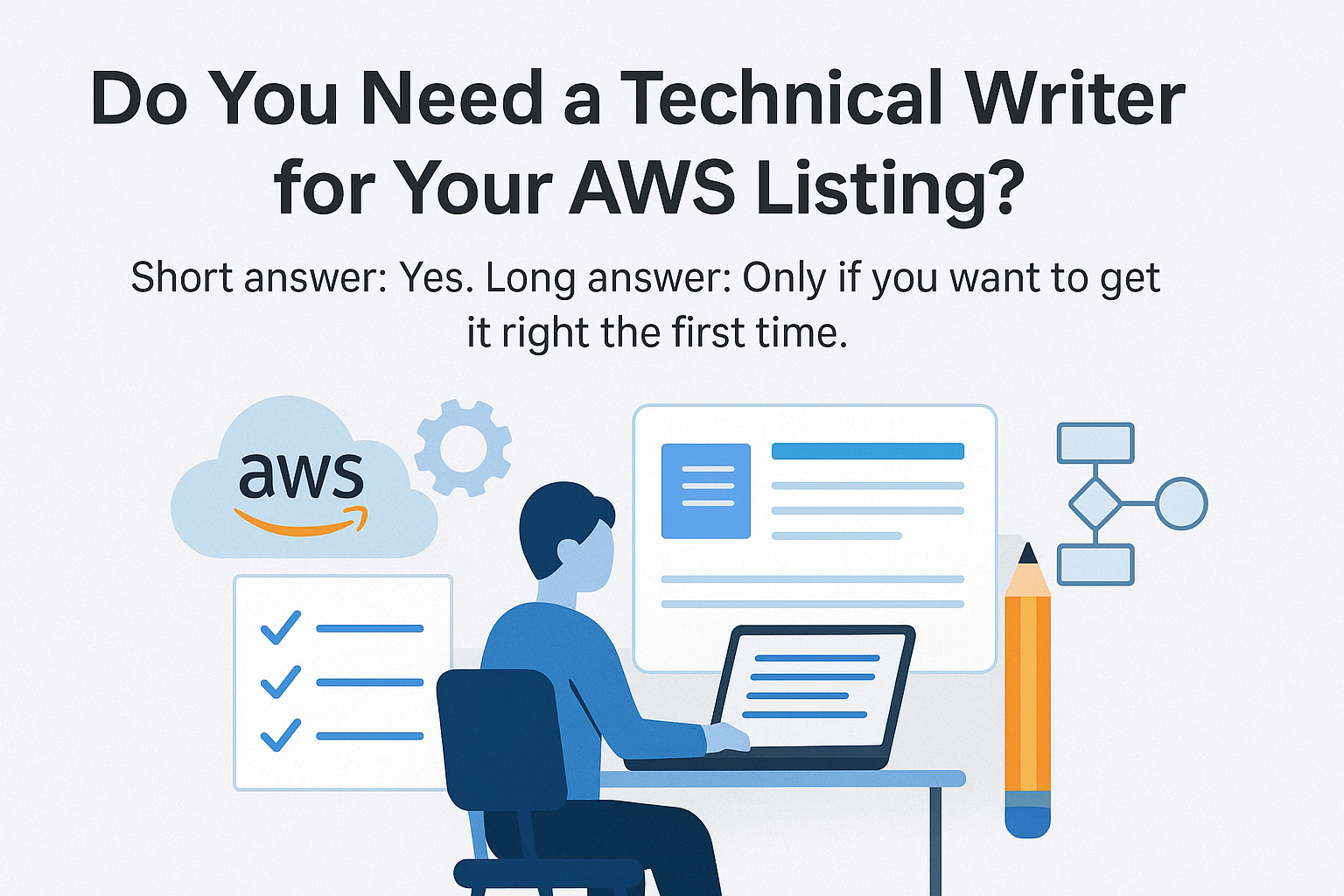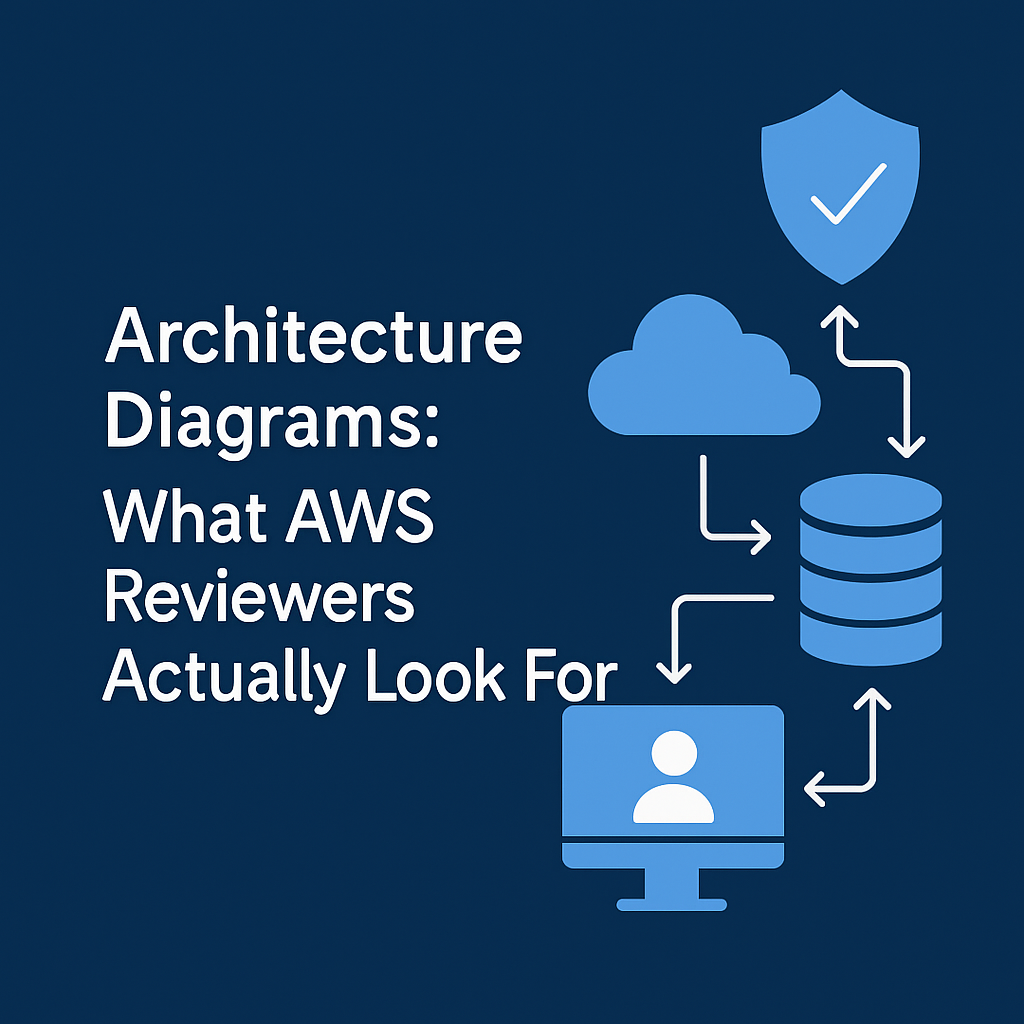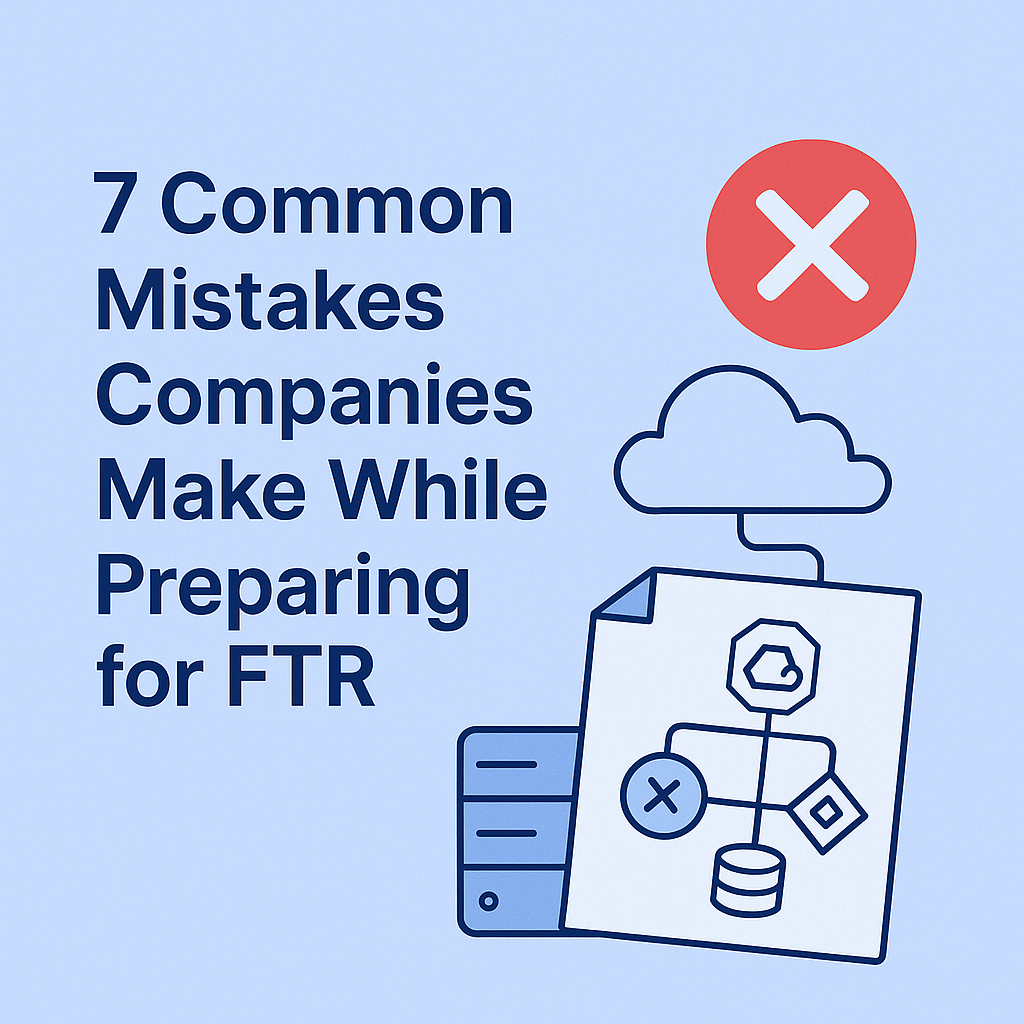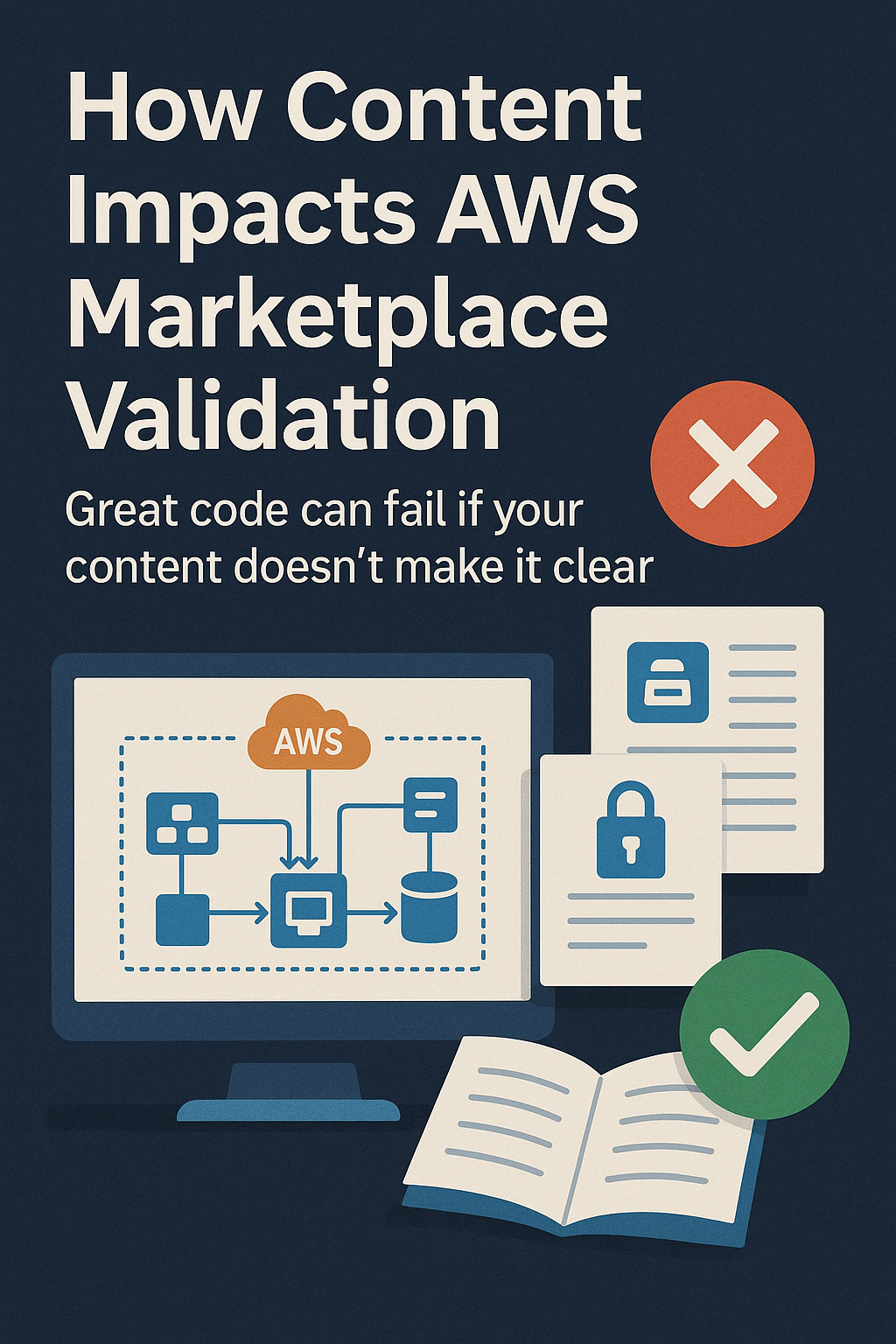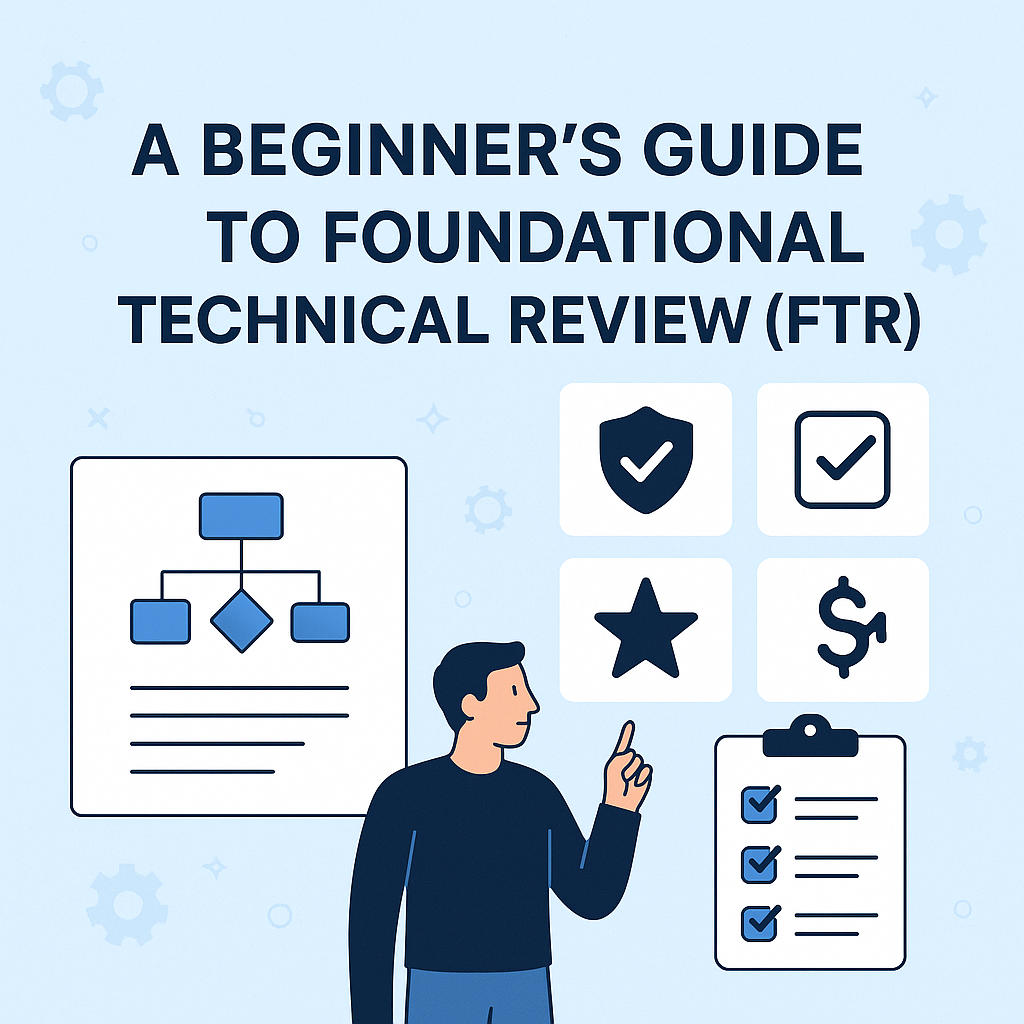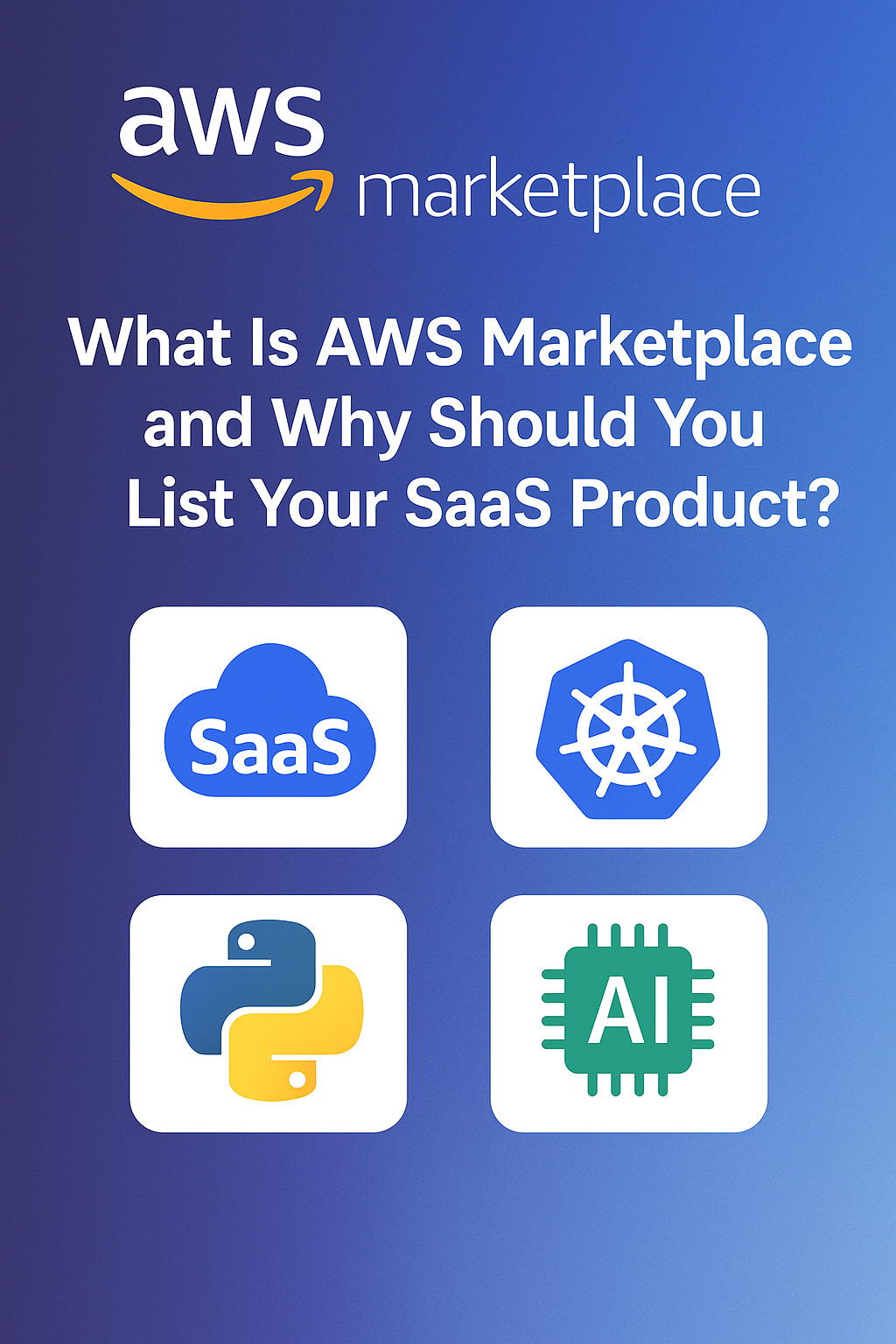Introduction
Amazon Titan is AWS’s own family of foundation models, offered via Amazon Bedrock.
Unlike OpenAI or Anthropic models, Titan is designed to be enterprise-first, cost-efficient, and natively integrated with AWS services.
But it’s not a silver bullet for every GenAI problem.
In this post, we’ll break down:
Where Titan models shine
Where they fall short
And how to decide if they’re right for your use case
What Is Amazon Titan?
Titan is AWS’s in-house suite of foundation models, currently available via Amazon Bedrock.
As of 2025, Titan includes:
- Titan Text Express: General-purpose text generation
- Titan Embeddings: Converts text into numerical vectors
- Titan Image Generator (Preview): Text-to-image model
- Titan Text Lite (Coming soon): Lightweight, low-latency LLM
All Titan models run within your AWS environment, supporting VPC, encryption, and compliance controls out of the box.
Strengths of Amazon Titan
| Feature | Why It Matters |
|---|---|
| Enterprise Security | Full support for IAM, VPC access, encryption at rest/in-transit |
| No Data Leakage | Prompts and outputs are not used for training |
| Solid Base Performance | Titan Text Express is comparable to GPT-3.5 for many tasks |
| Great Embeddings Quality | Titan Embeddings are AWS-optimized and integrate natively with OpenSearch |
| Lower Cost | More predictable pricing than OpenAI models in many workloads |
| Fast Latency in AWS Regions | Bedrock automatically routes Titan requests regionally |
| Custom Guardrails Support | Easy to integrate tone, topic, and output safety limits via Bedrock’s policy layer |
Limitations of Titan (as of mid-2025)
| Limitation | Impact |
|---|---|
| Fewer model variants | No fine-tuned specialist versions like GPT-4 Turbo or Claude 3.5 yet |
| Smaller community support | Fewer prompt libraries, eval benchmarks, or tutorials |
| Weaker on creative generation | Titan is precise but less creative in storytelling or ideation |
| Model weights not open | You can’t self-host Titan outside of Bedrock |
| Limited multi-modal support | Image and speech support is still preview-only |
Ideal Use Cases for Titan Models
Use Titan when you need:
- Reliable summarization, classification, and rewriting
- High-speed inference with AWS-native routing
- Secure embedding generation for RAG pipelines
- Industry-safe tone control via guardrails
- Predictable cost for scale-sensitive GenAI apps
Examples:
- B2B SaaS summarizers
- Knowledge base Q&A bots
- Contract clause extraction
- Support ticket routing
- Vector search in regulated data
When NOT to Use Titan
Avoid Titan when you need:
- Cutting-edge reasoning (e.g., multi-step chain-of-thought)
- Ultra-creative storytelling or marketing copy
- Multi-modal generation (text + image/audio)
- Open-weight models for offline use
- Real-time agents that need flexible function calling + tools
In those cases, consider:
- Anthropic Claude 3 (better for multi-turn conversations)
- Meta LLaMA 2/3 via SageMaker (open weights)
- GPT-4 via Azure if multi-modal creativity is key
Titan in the Bigger AWS GenAI Stack
Titan pairs naturally with:
- OpenSearch (for vector search via Titan Embeddings)
- Kendra (for hybrid search + Q&A)
- Step Functions (for chain-of-prompts)
- Amazon Lex (for chatbot use cases)
- Guardrails for Bedrock (for safe content control)
Conclusion
Titan isn’t the loudest GenAI model out there—but it’s one of the most enterprise-friendly, efficient, and secure.
Use it when you need:
- Reliability over flair
- Security over virality
- Simplicity over complexity
In short: Titan is what GenAI looks like when AWS builds it for AWS customers.
